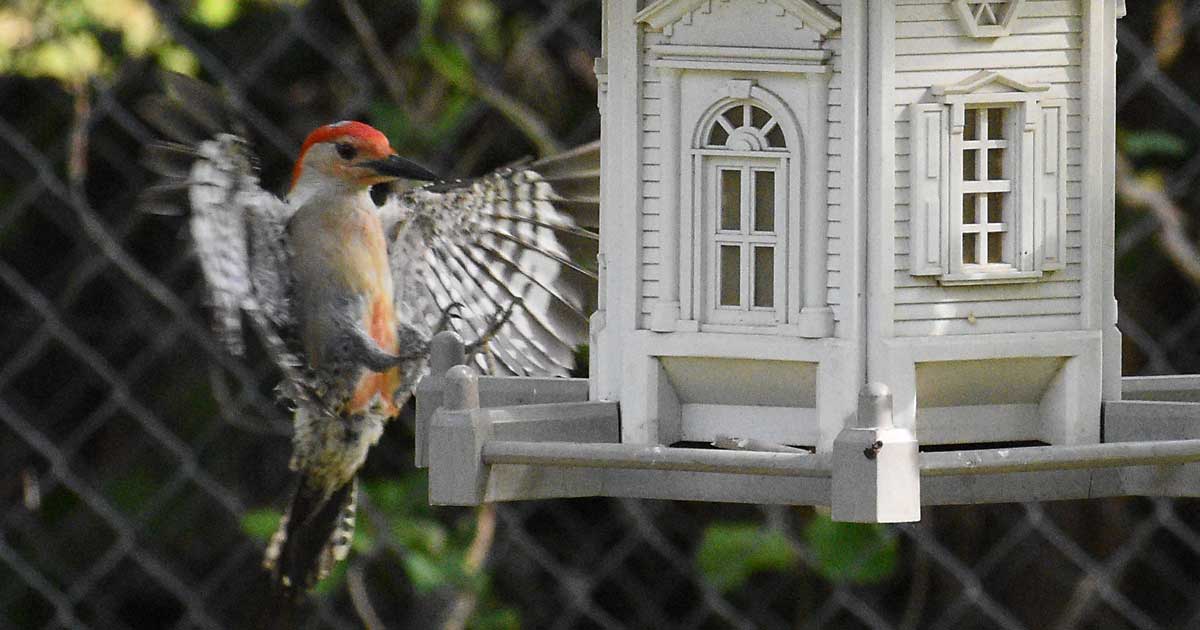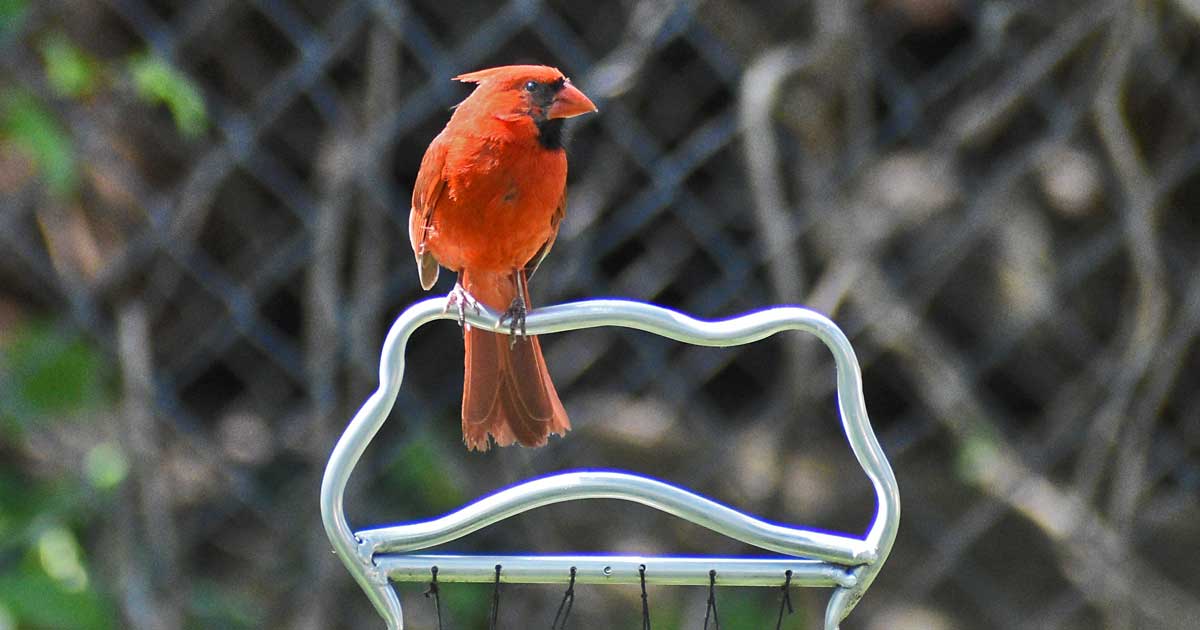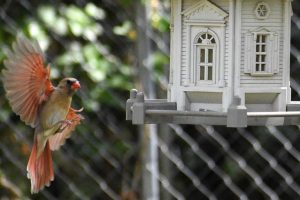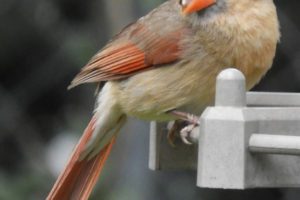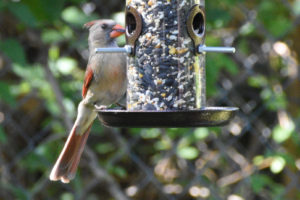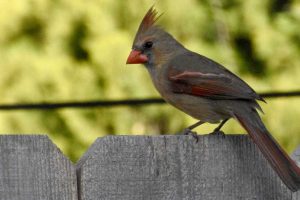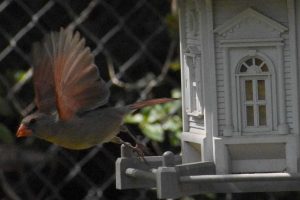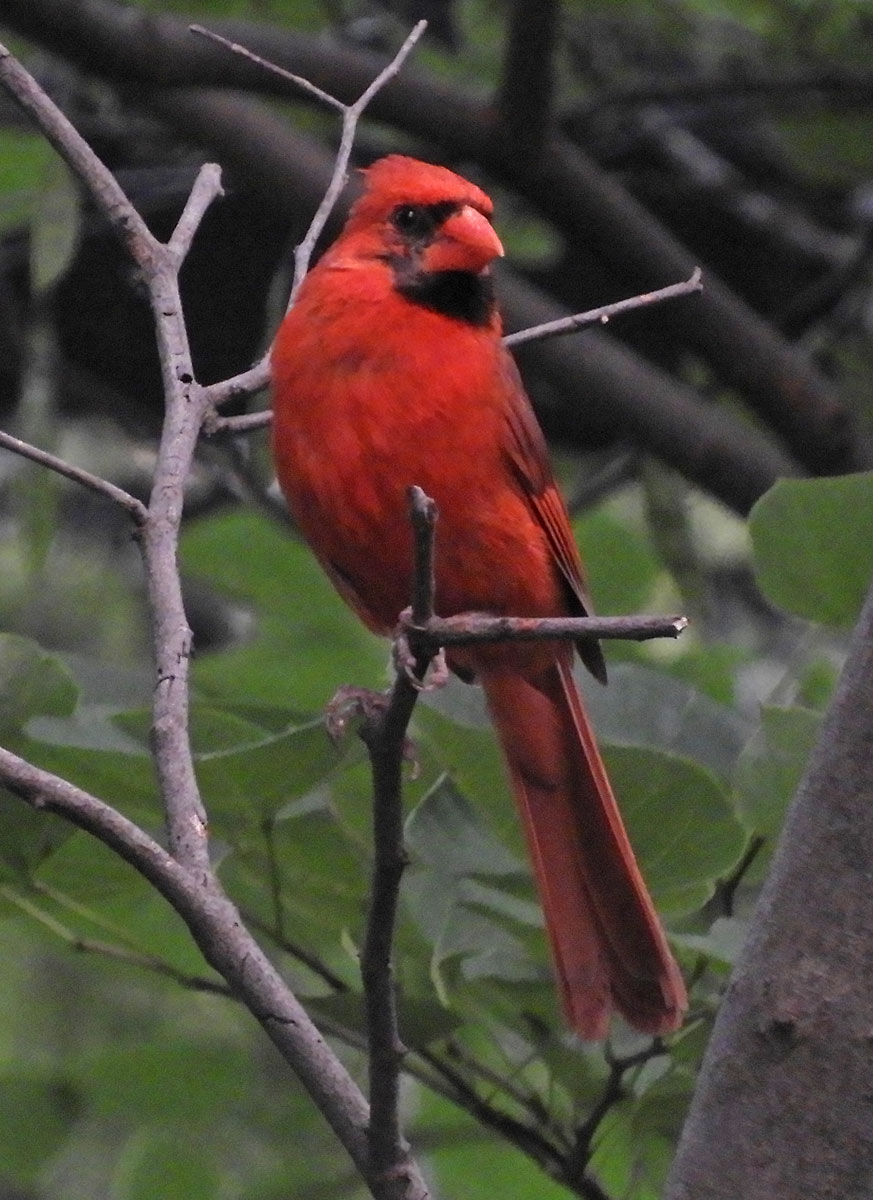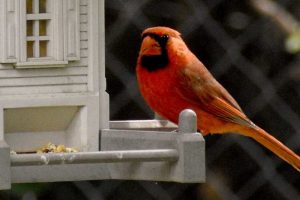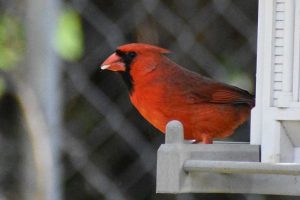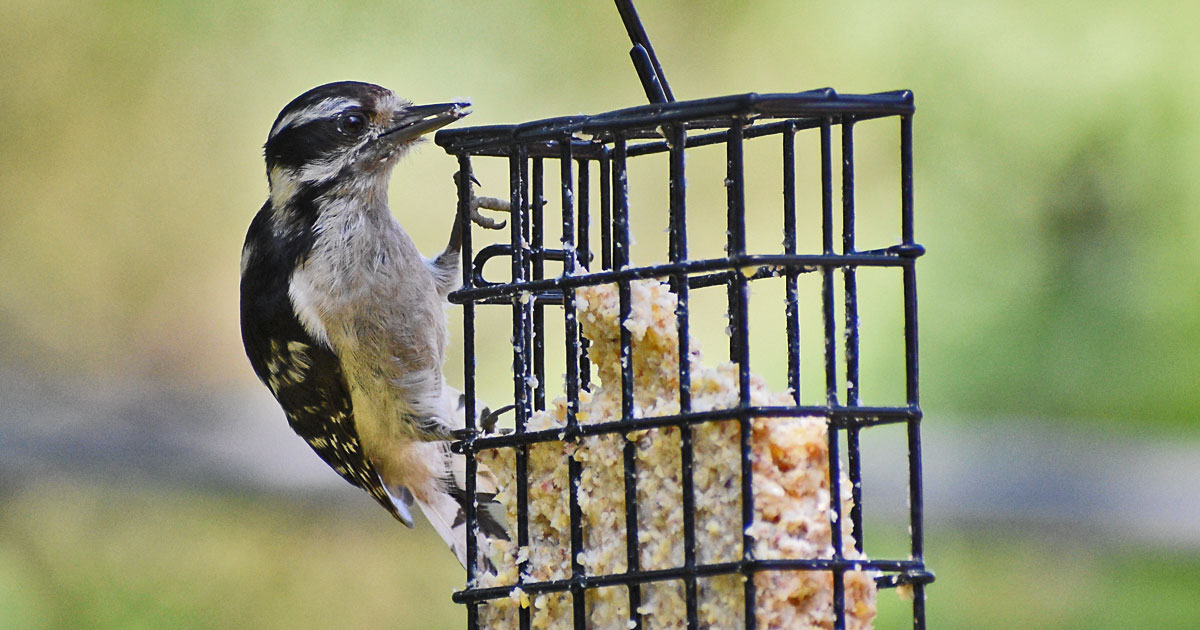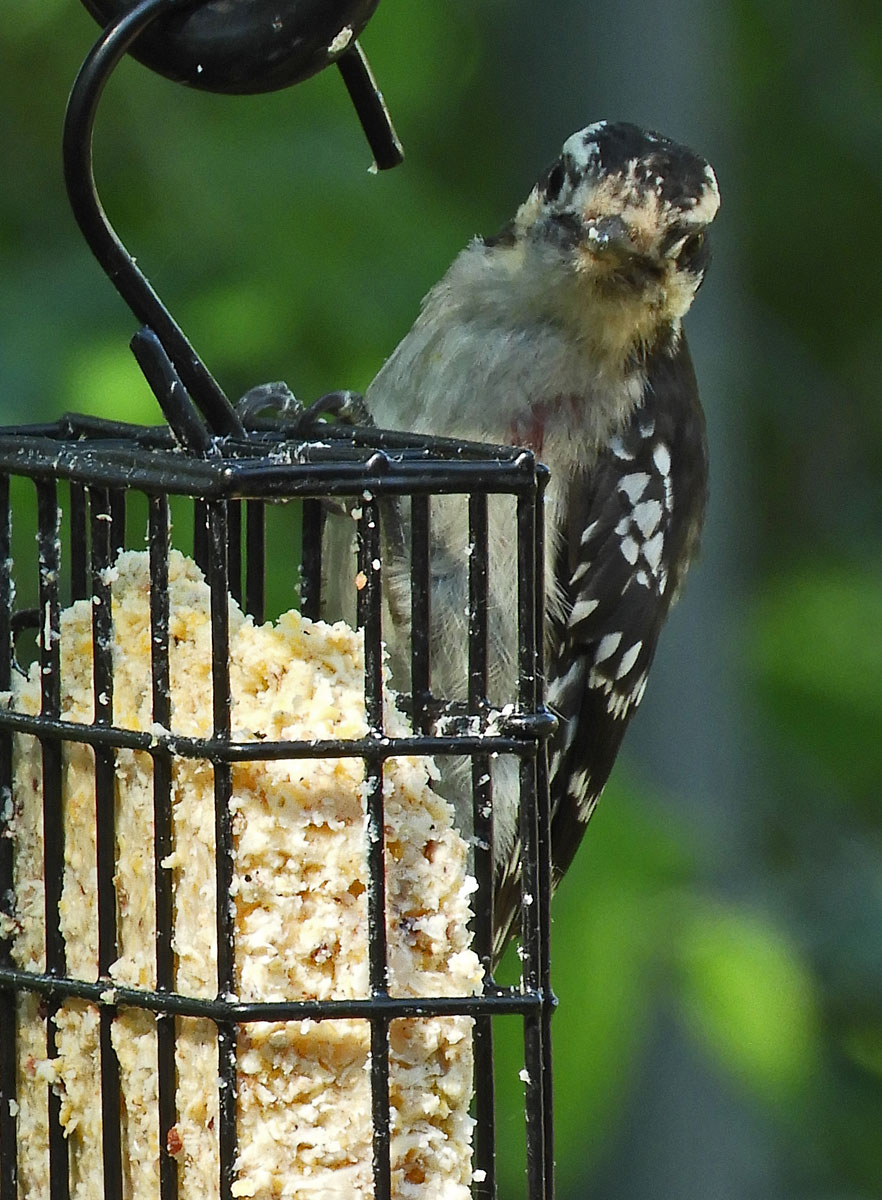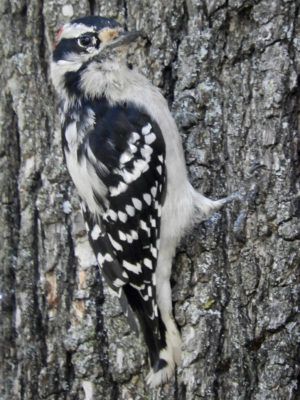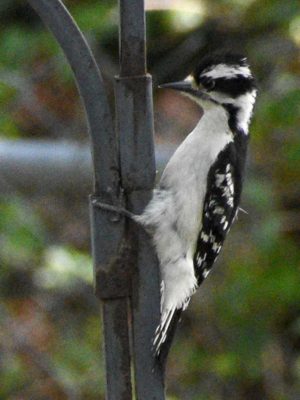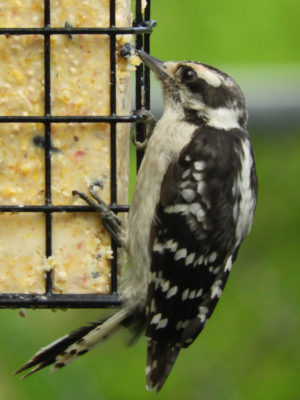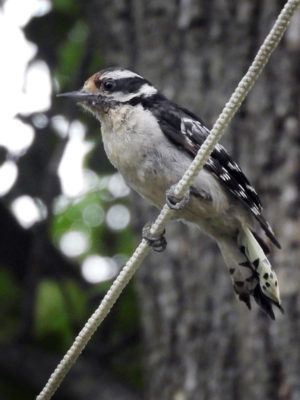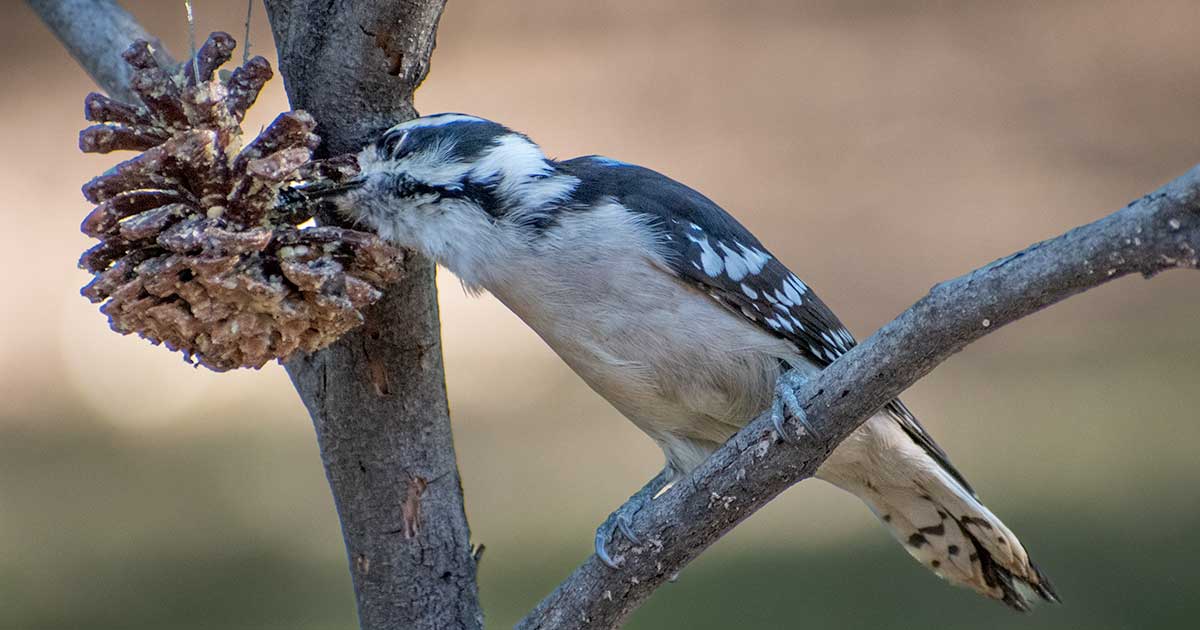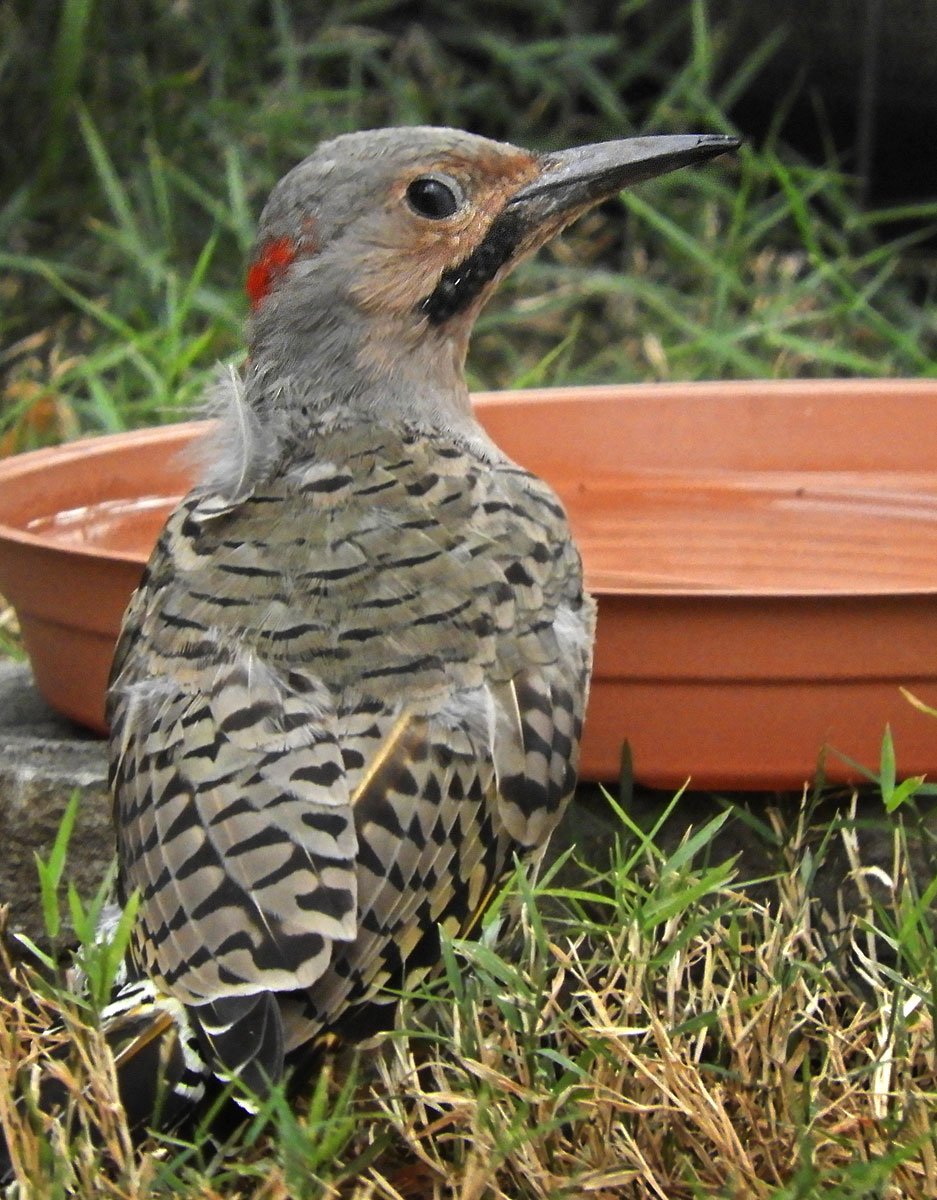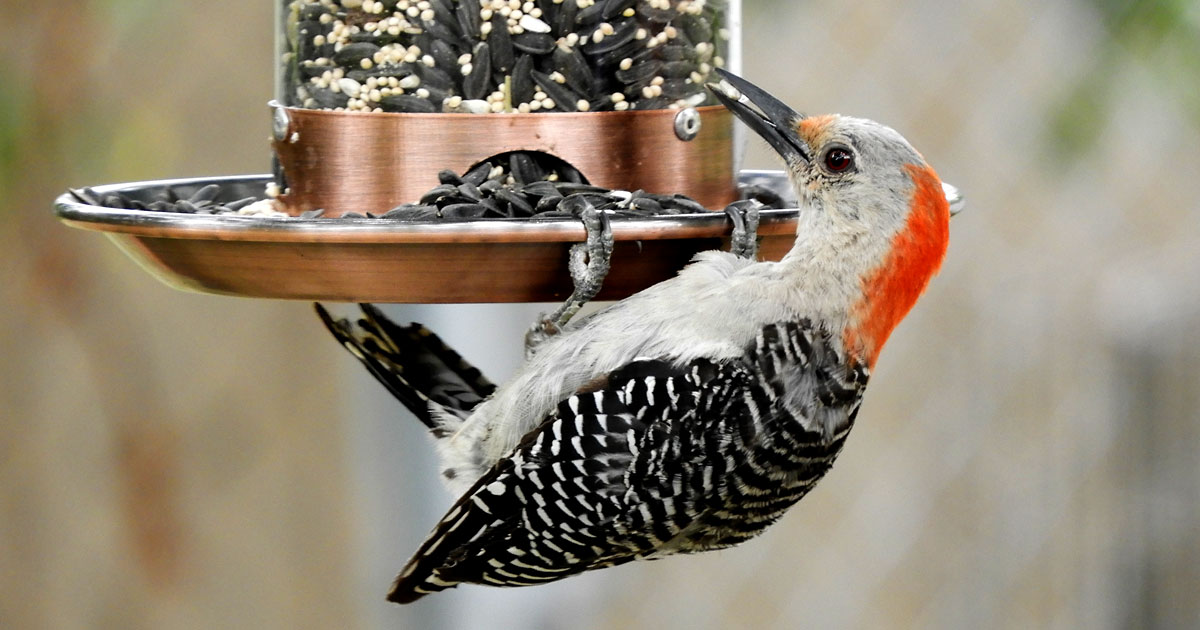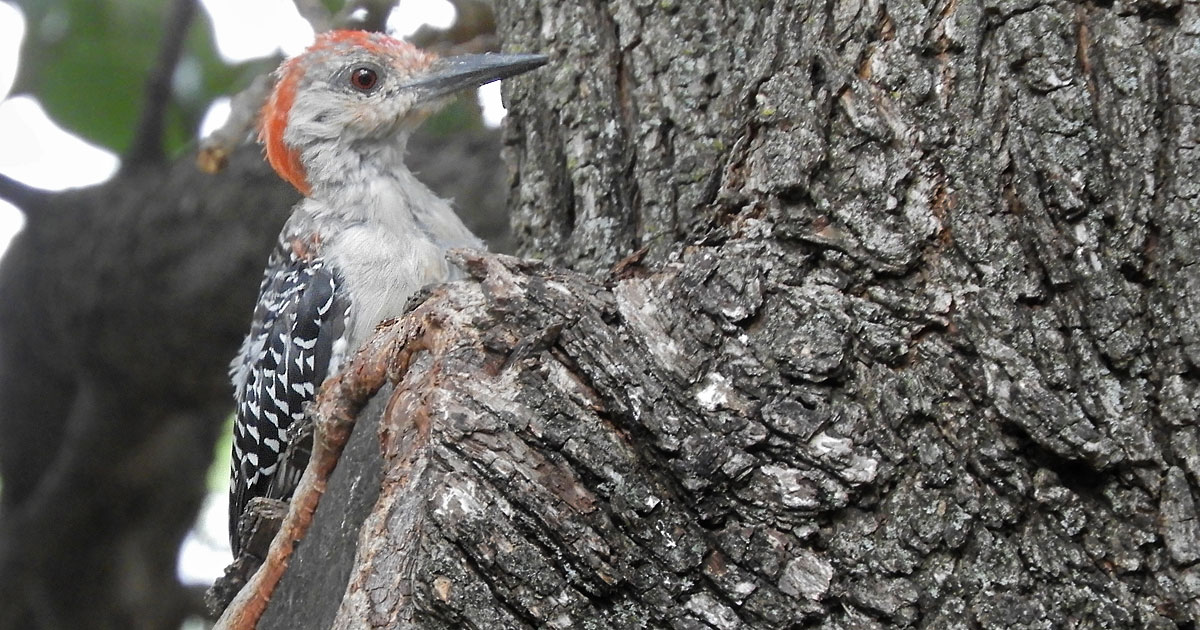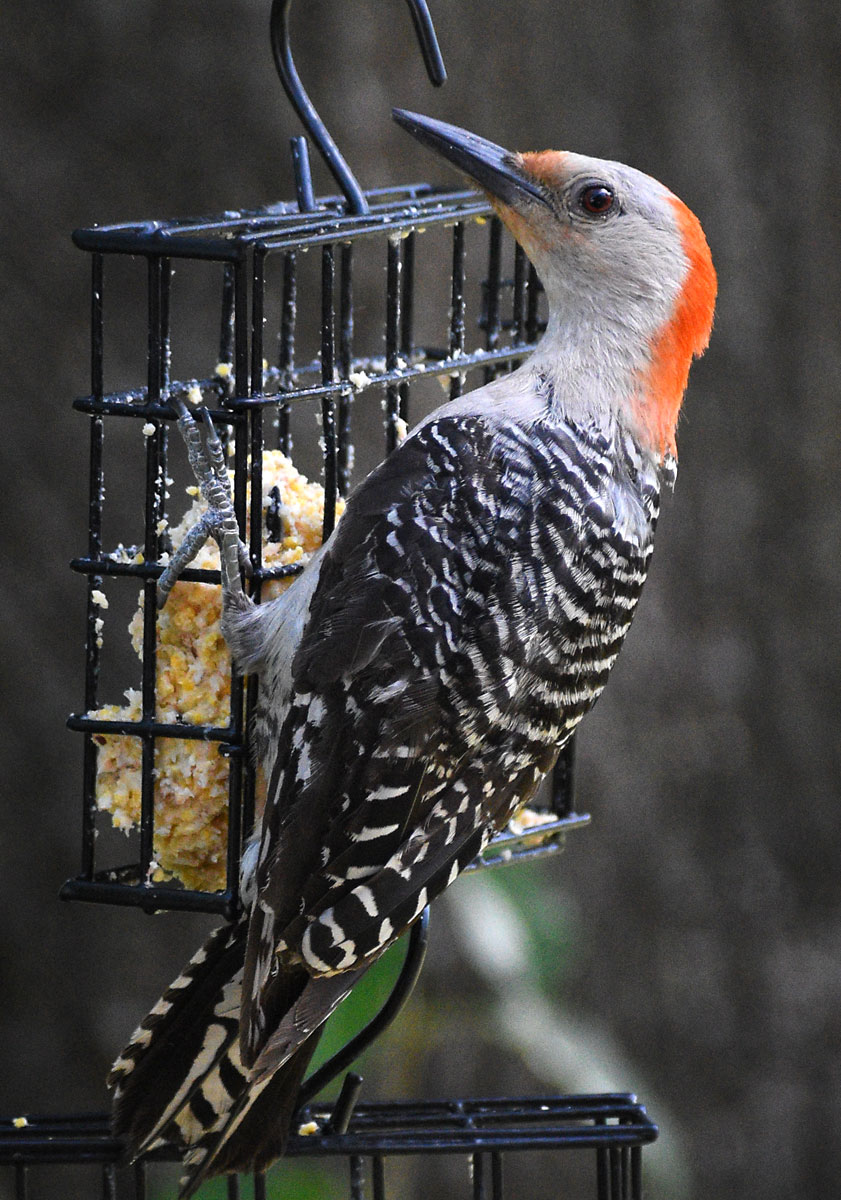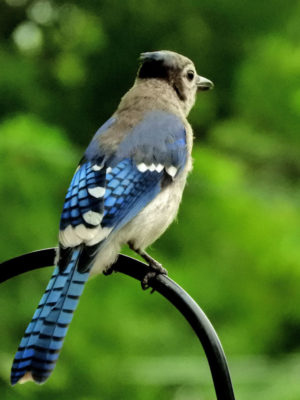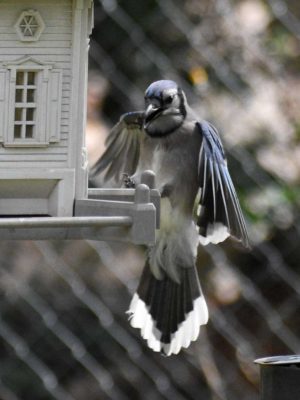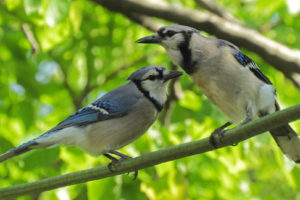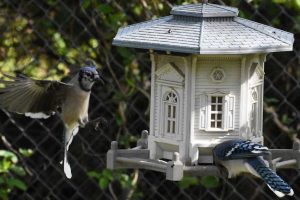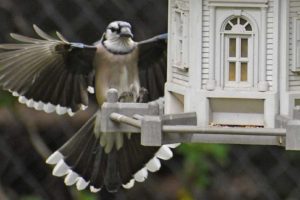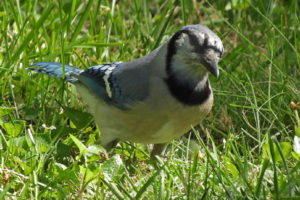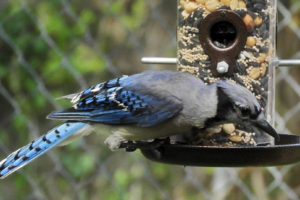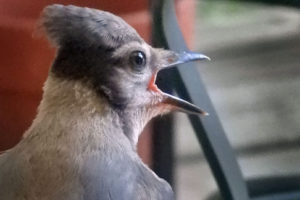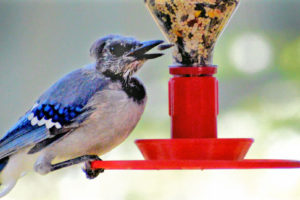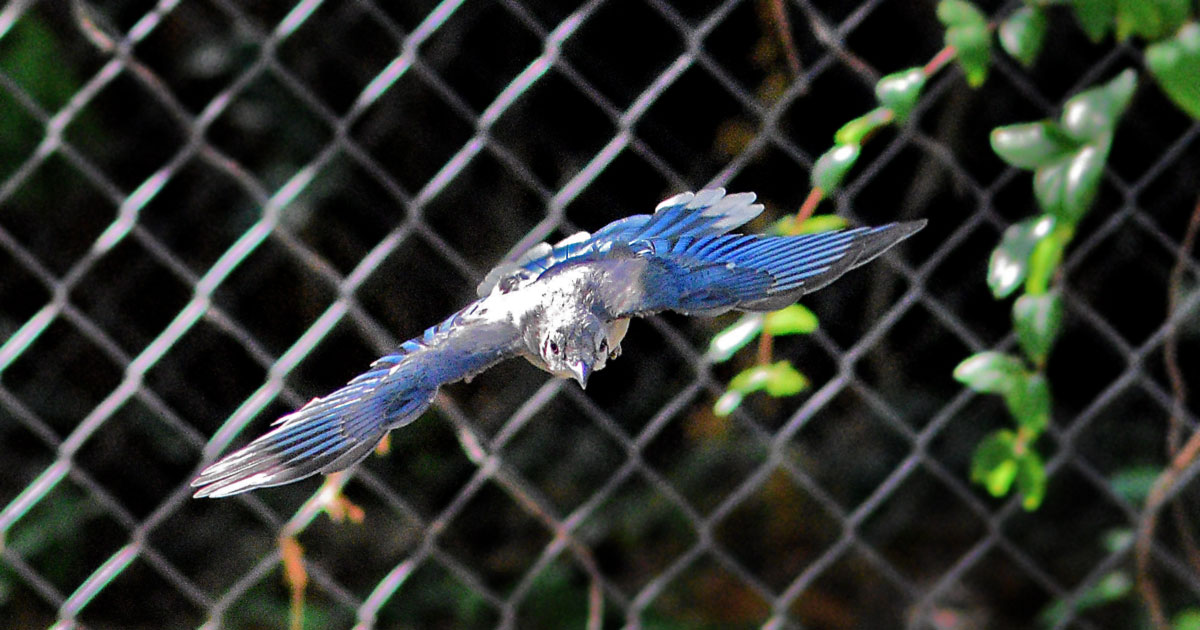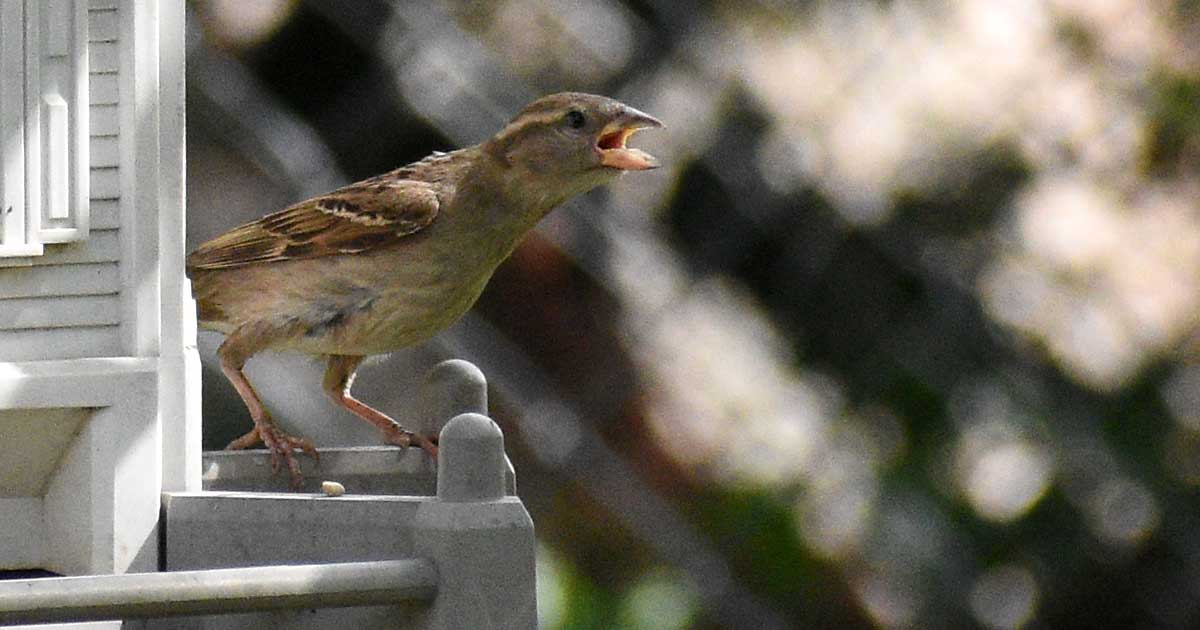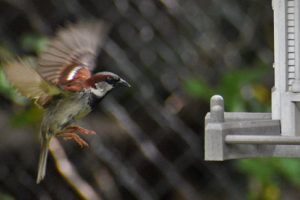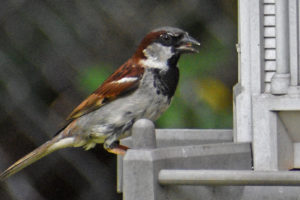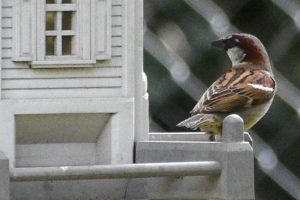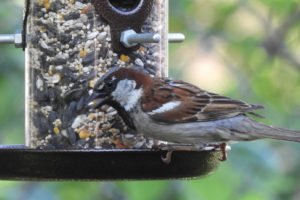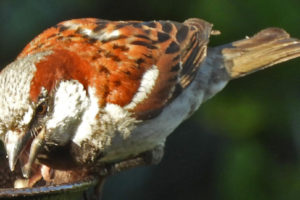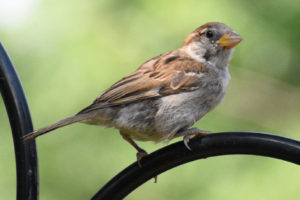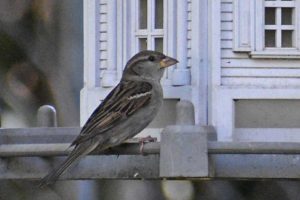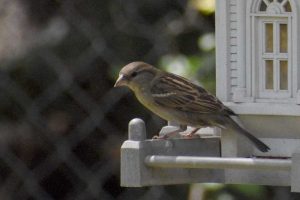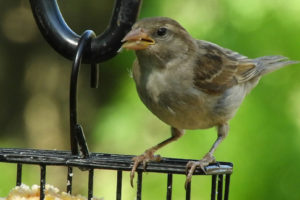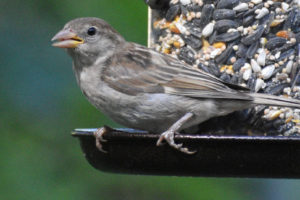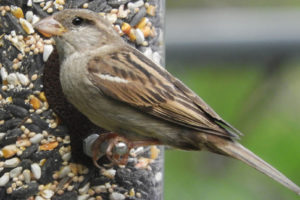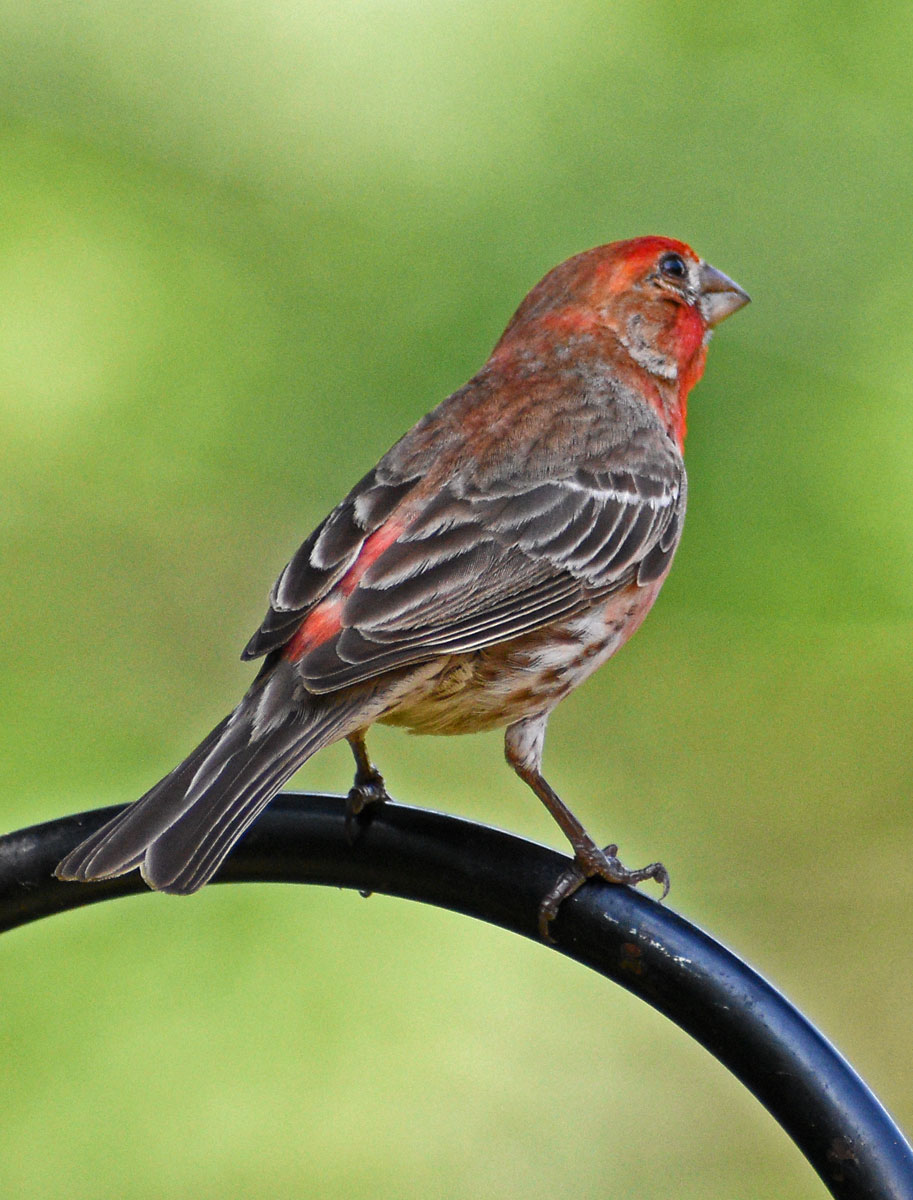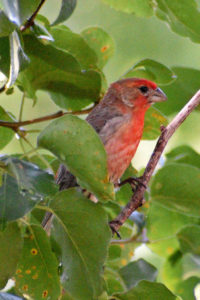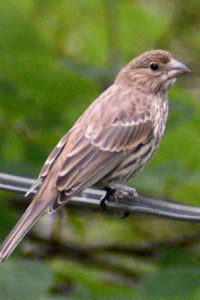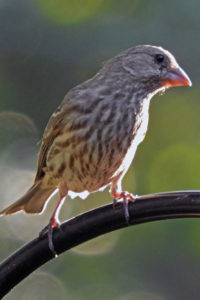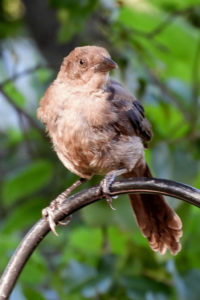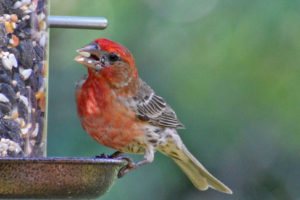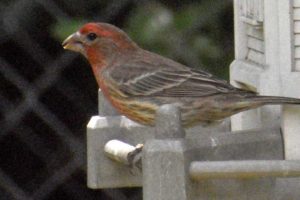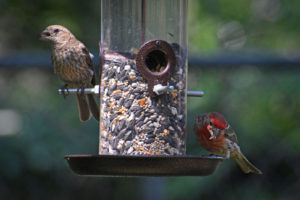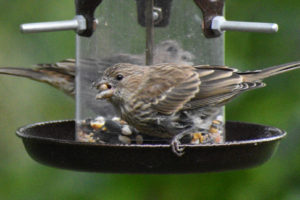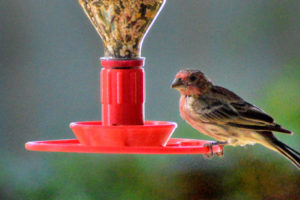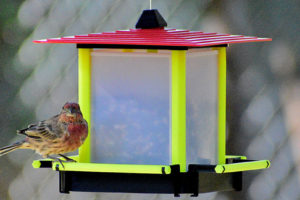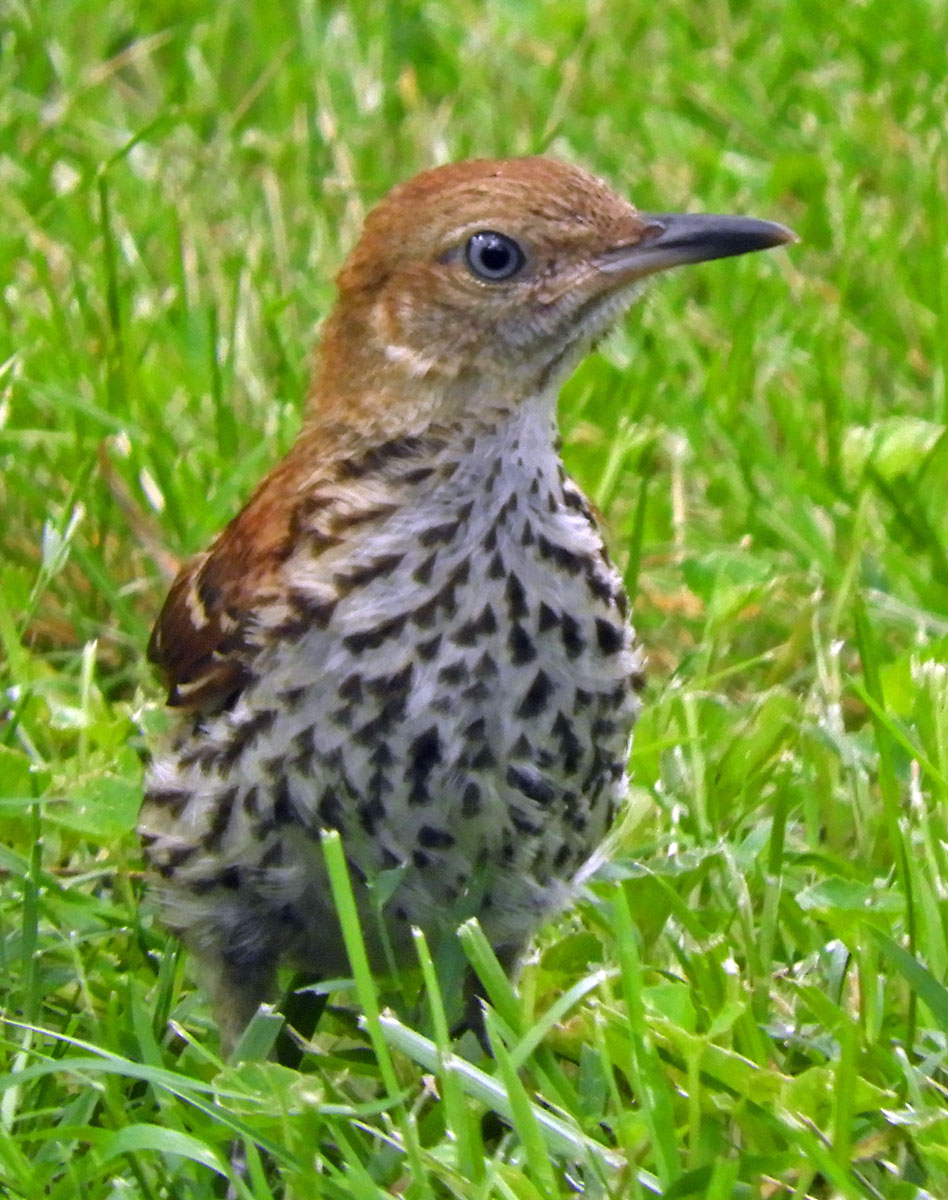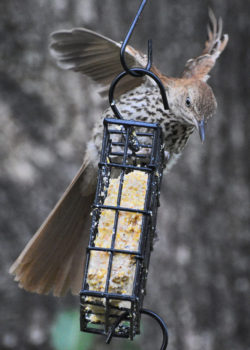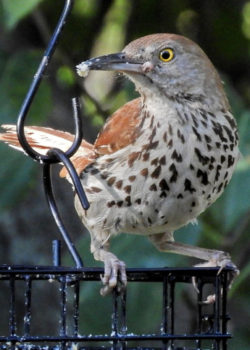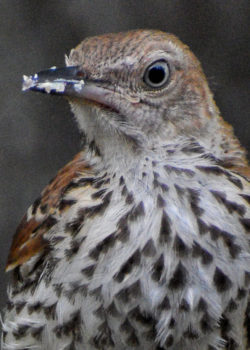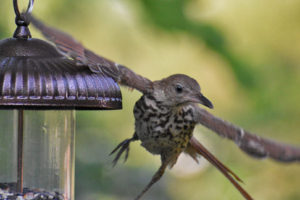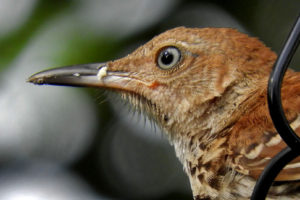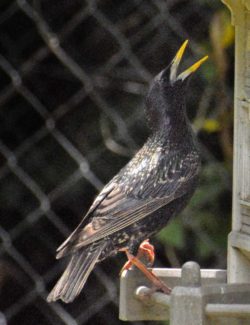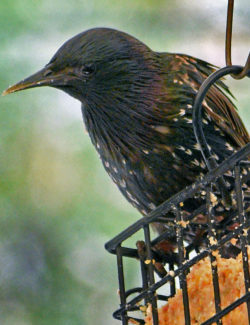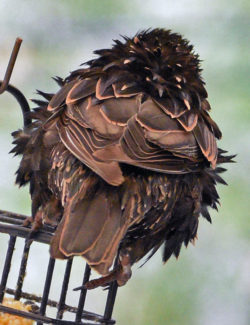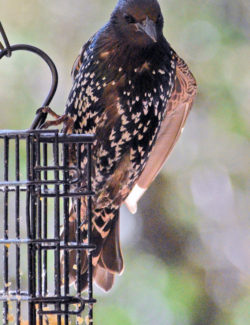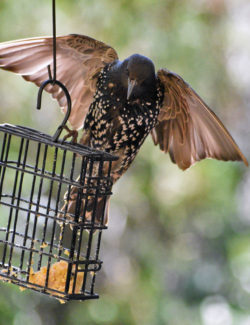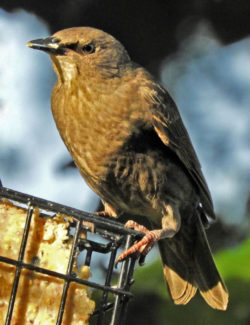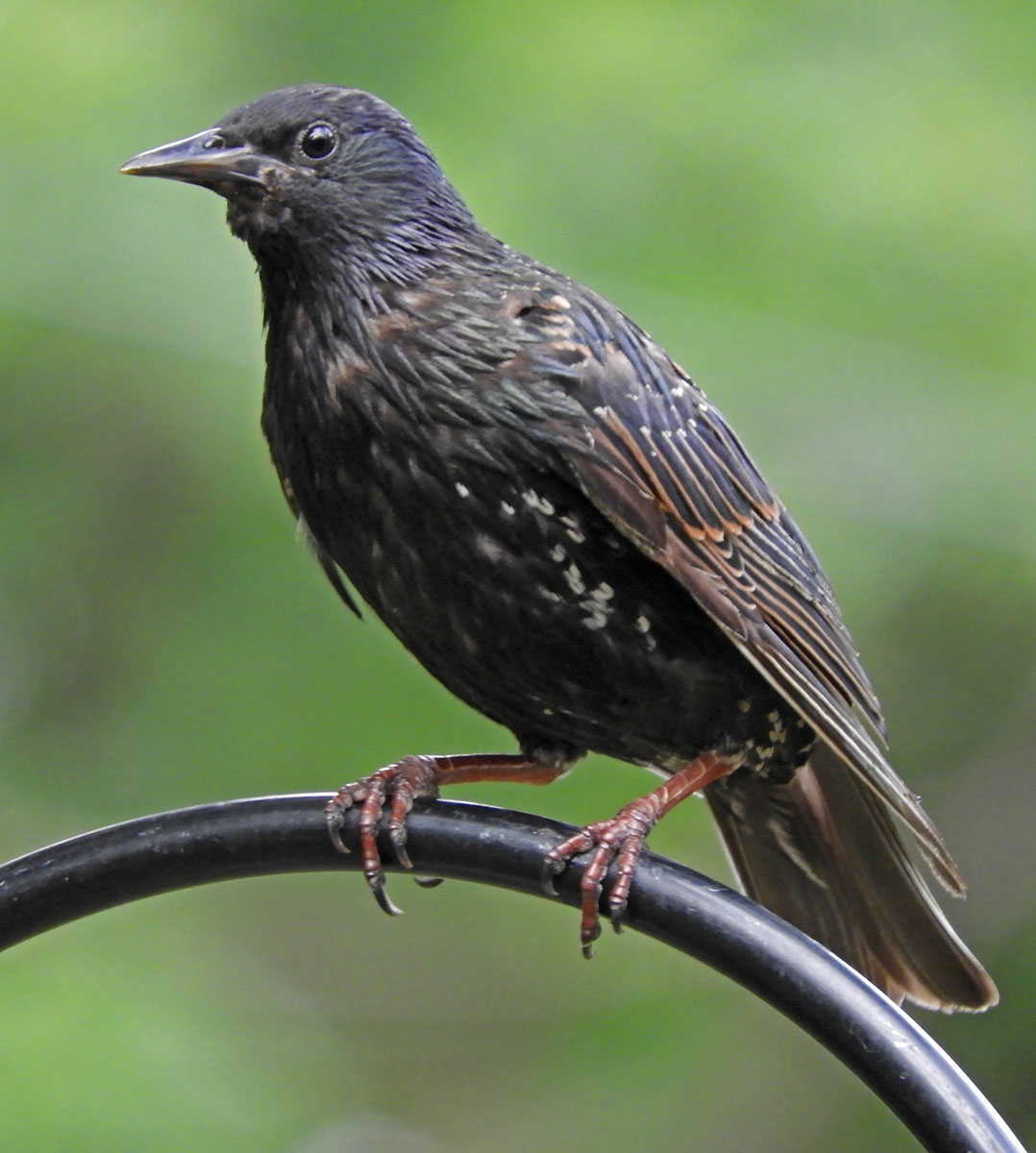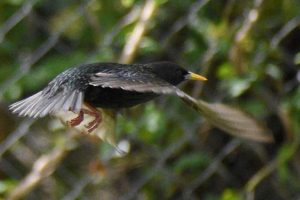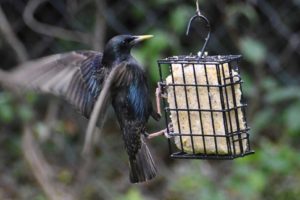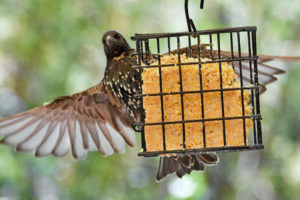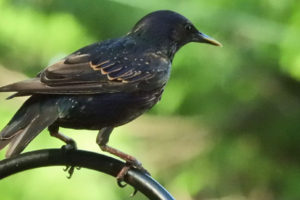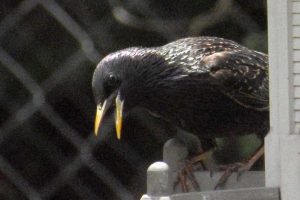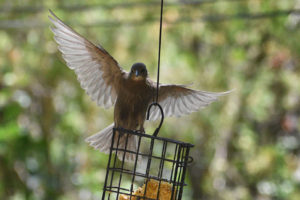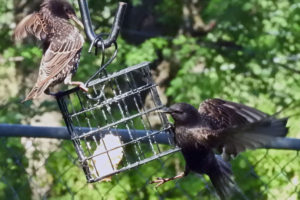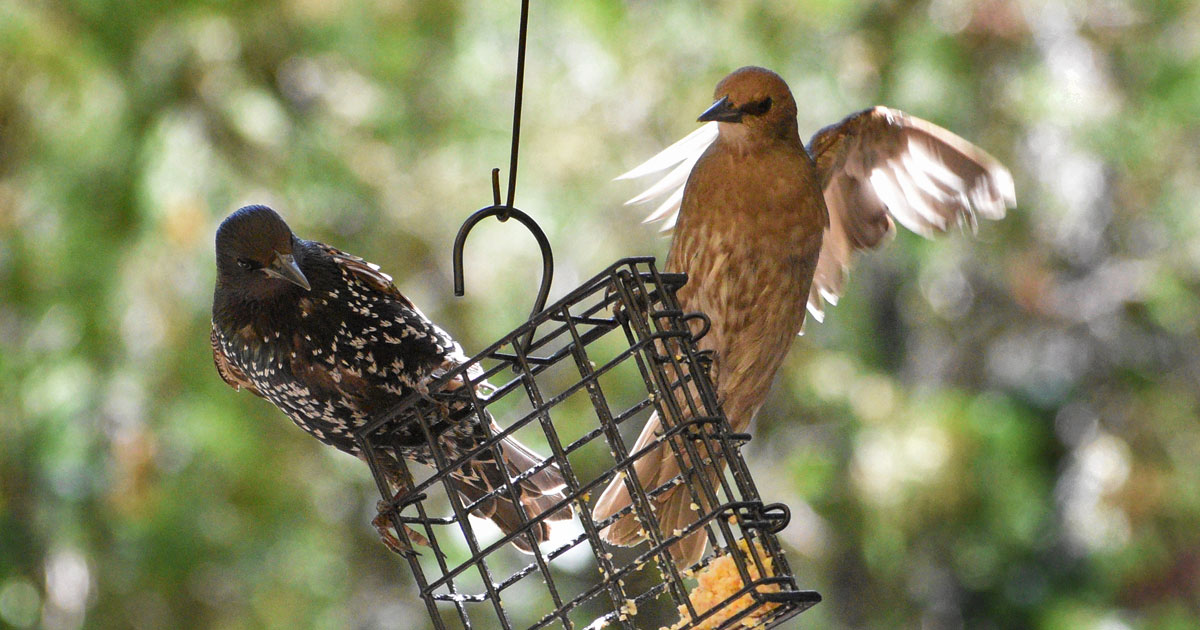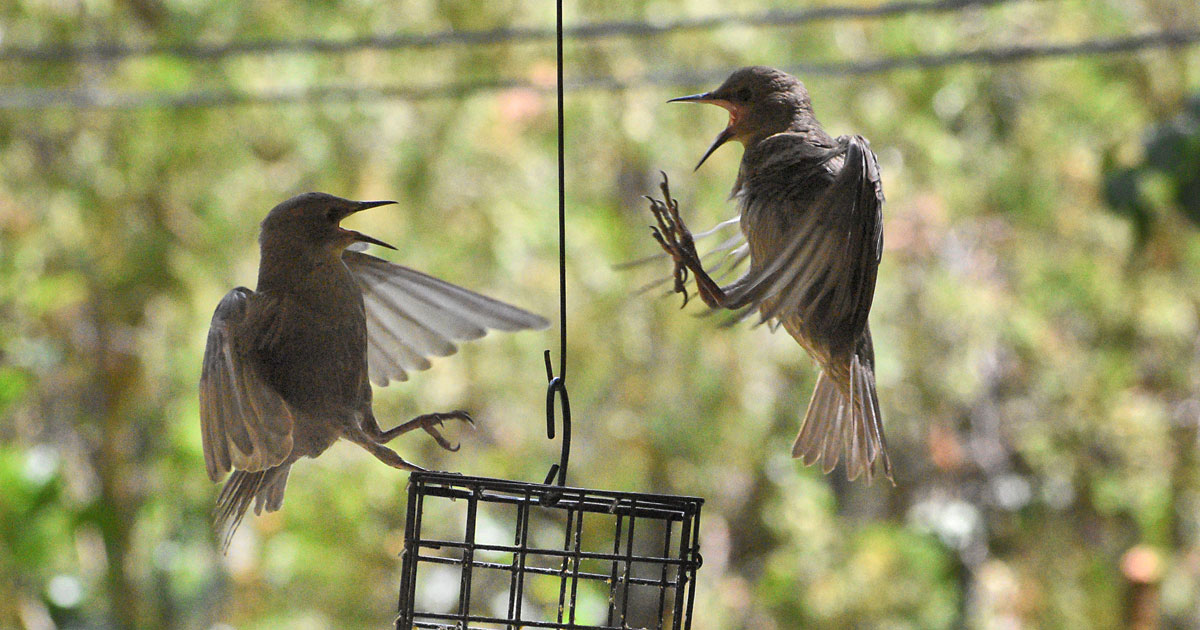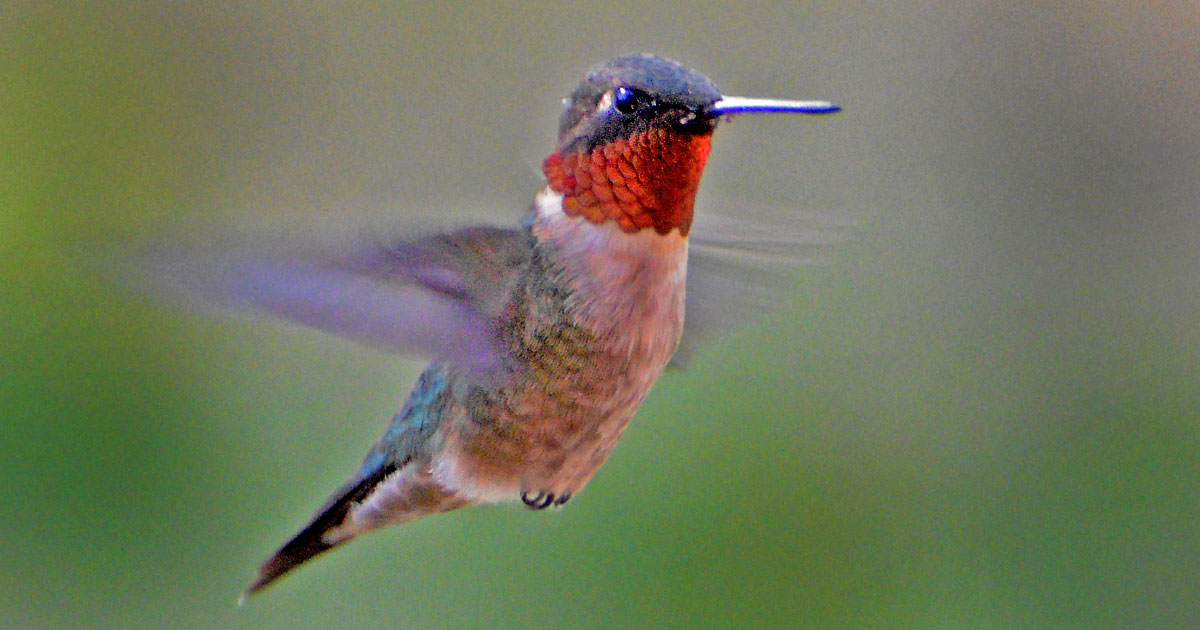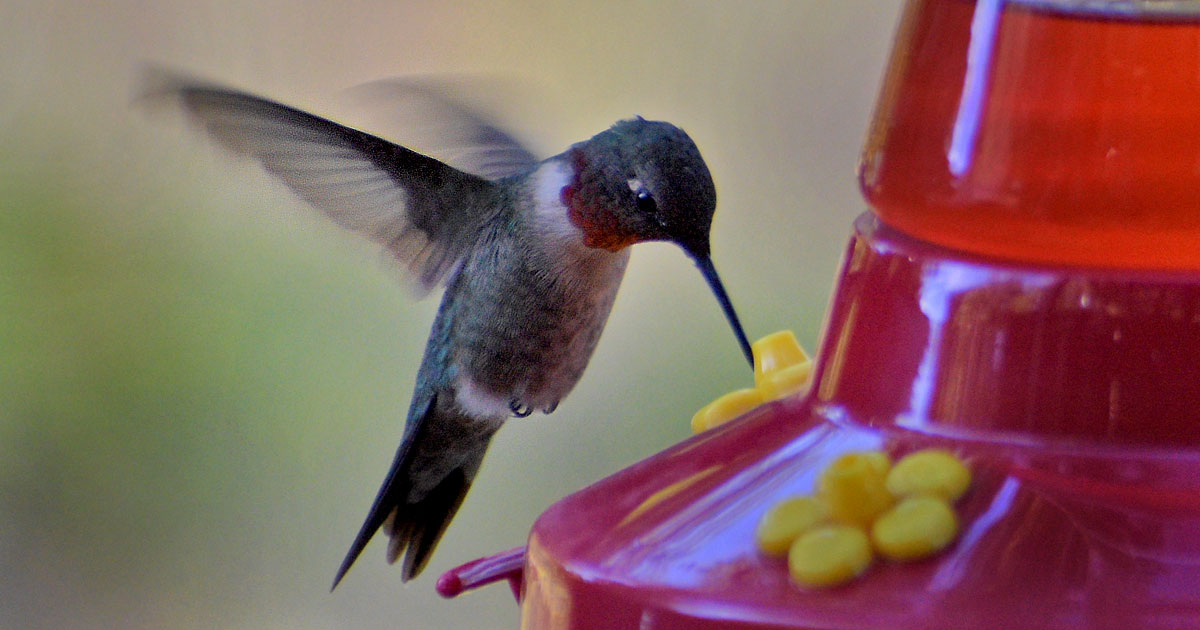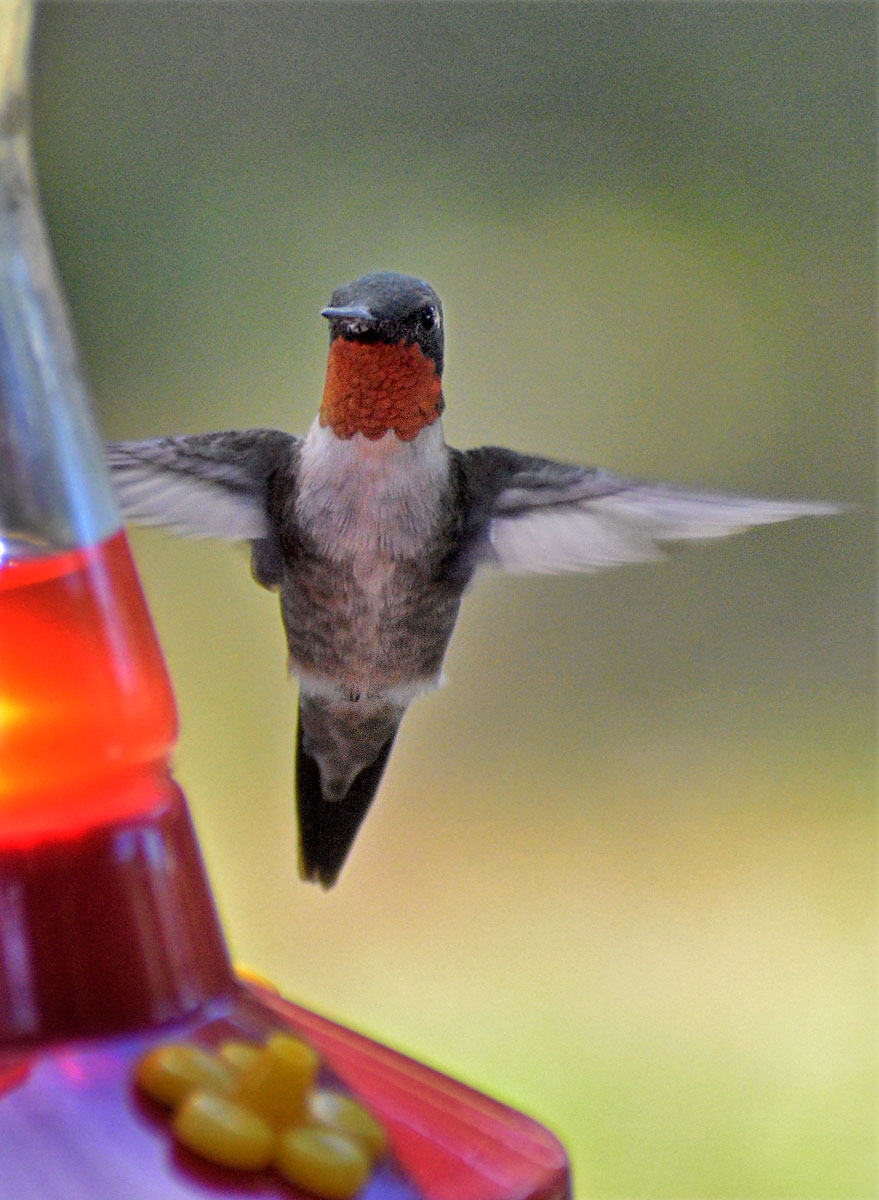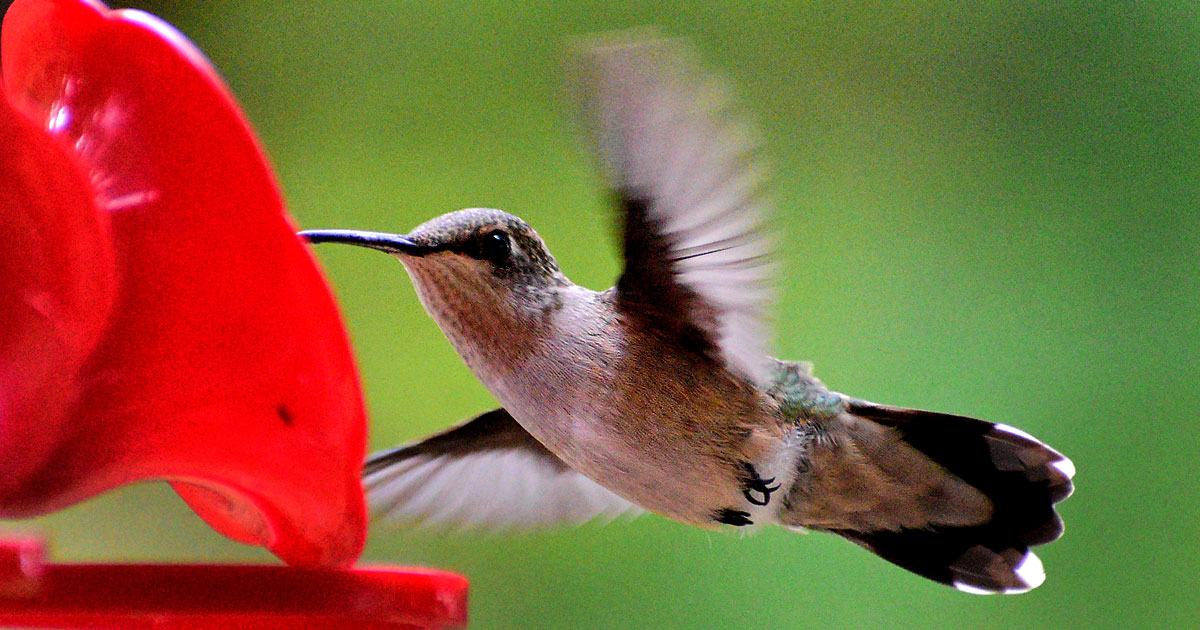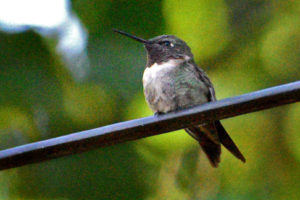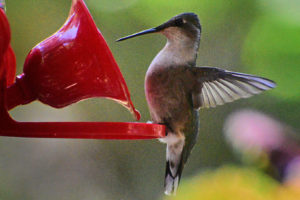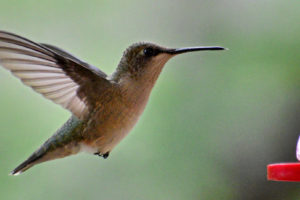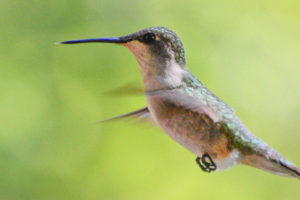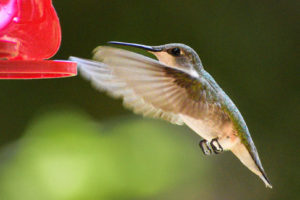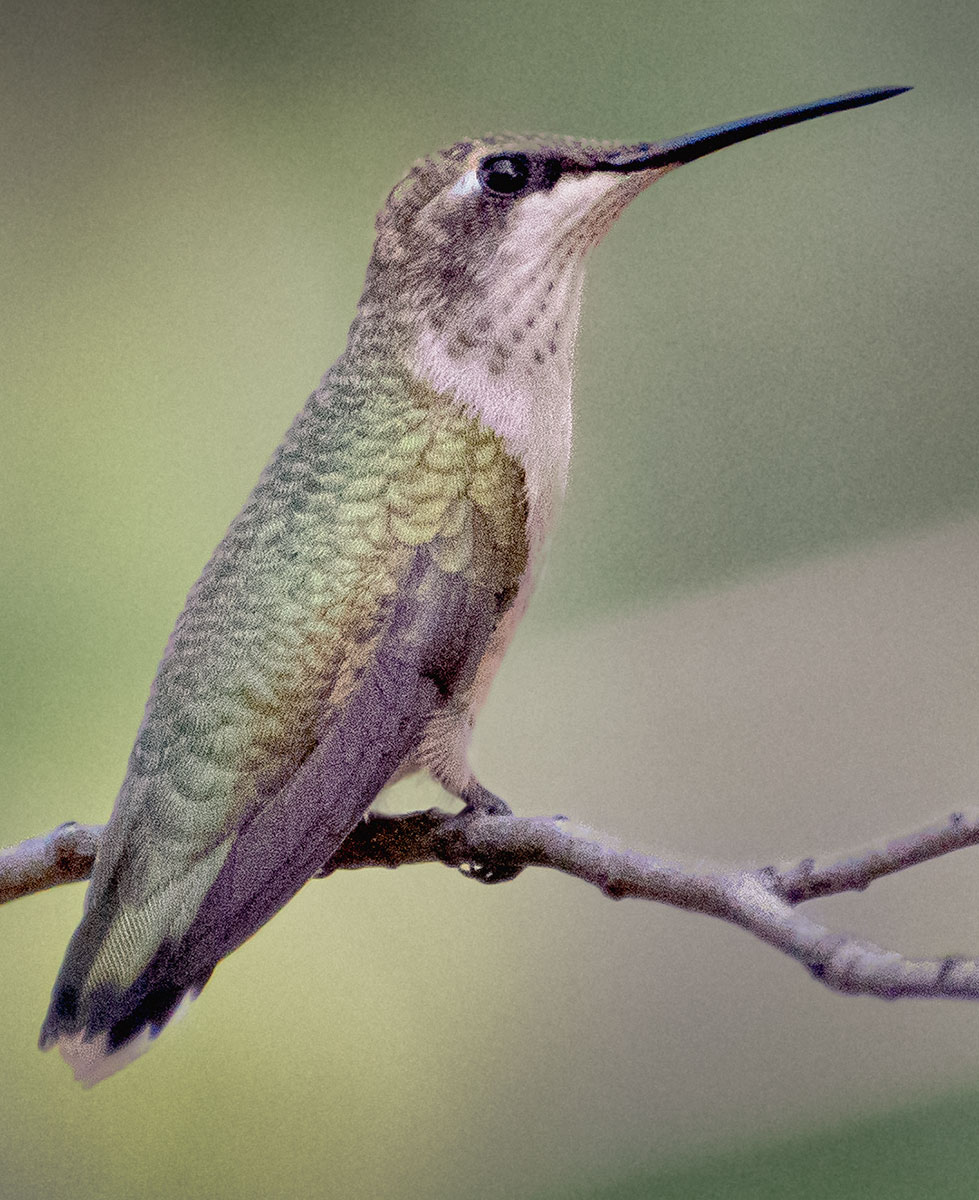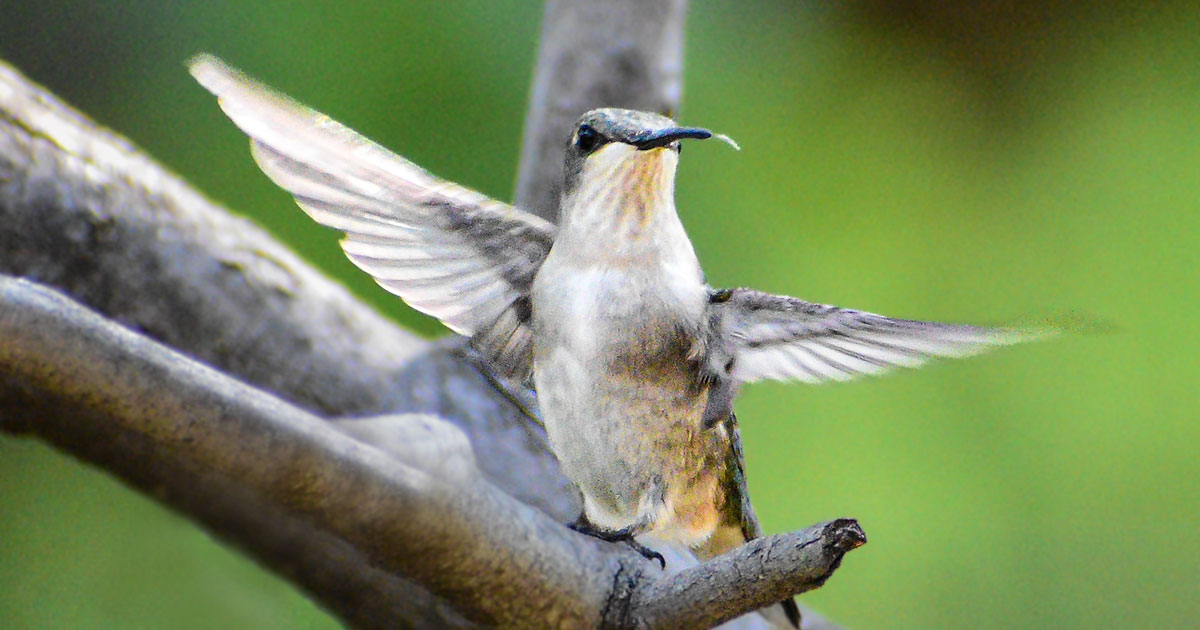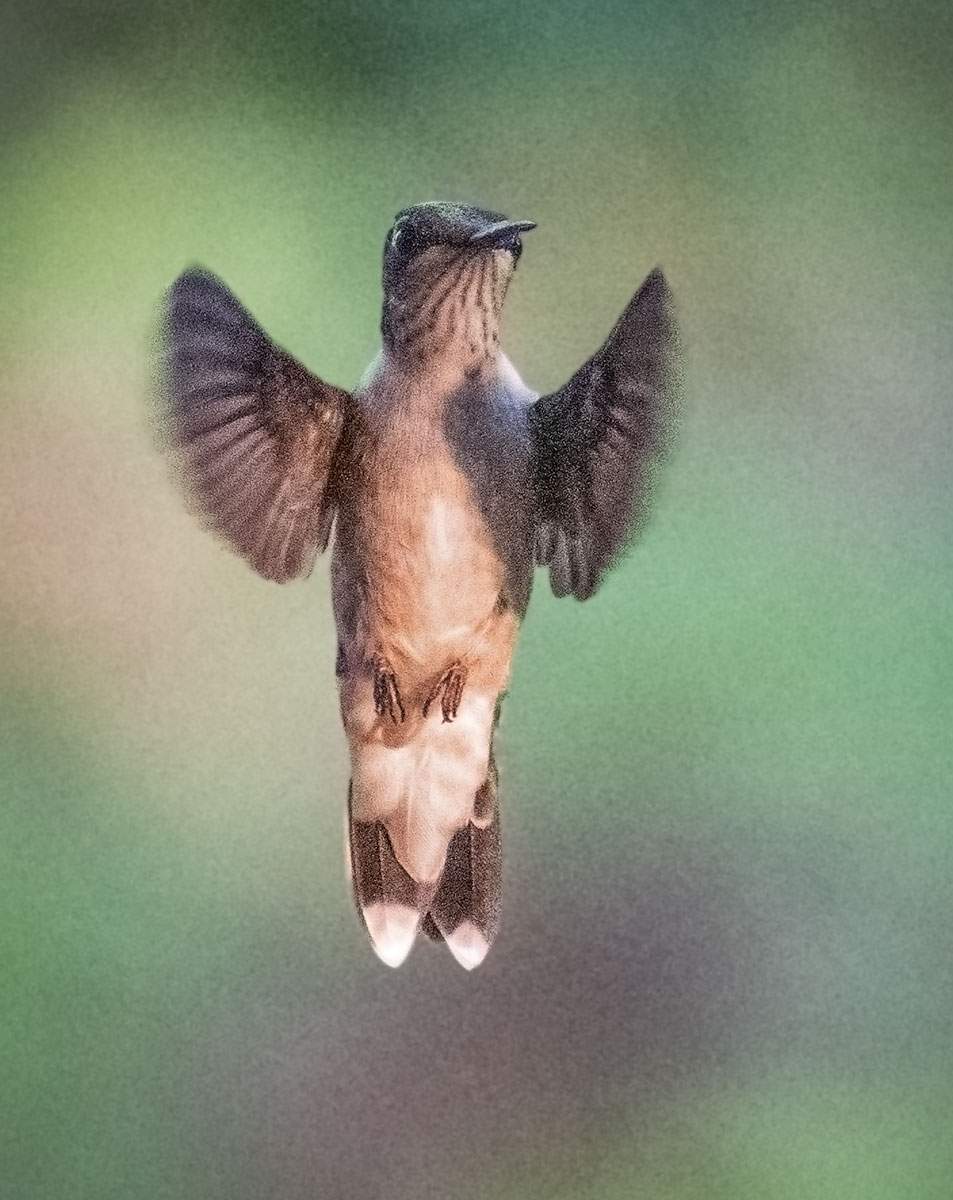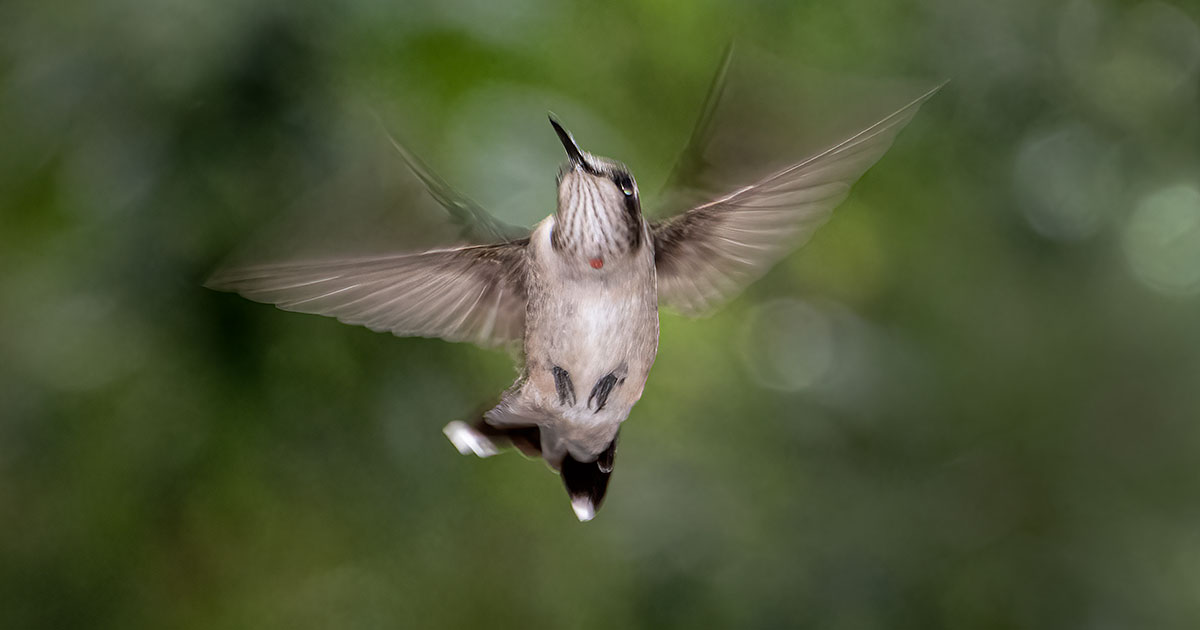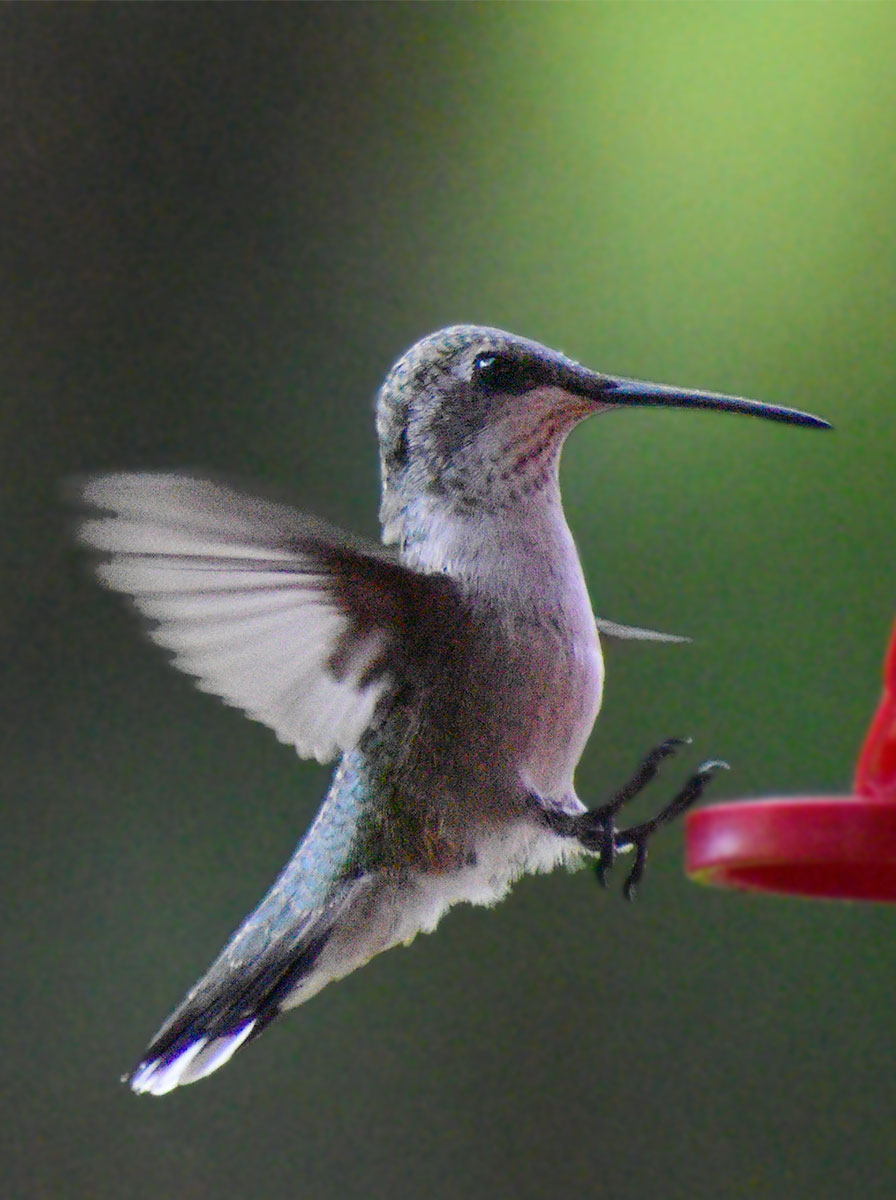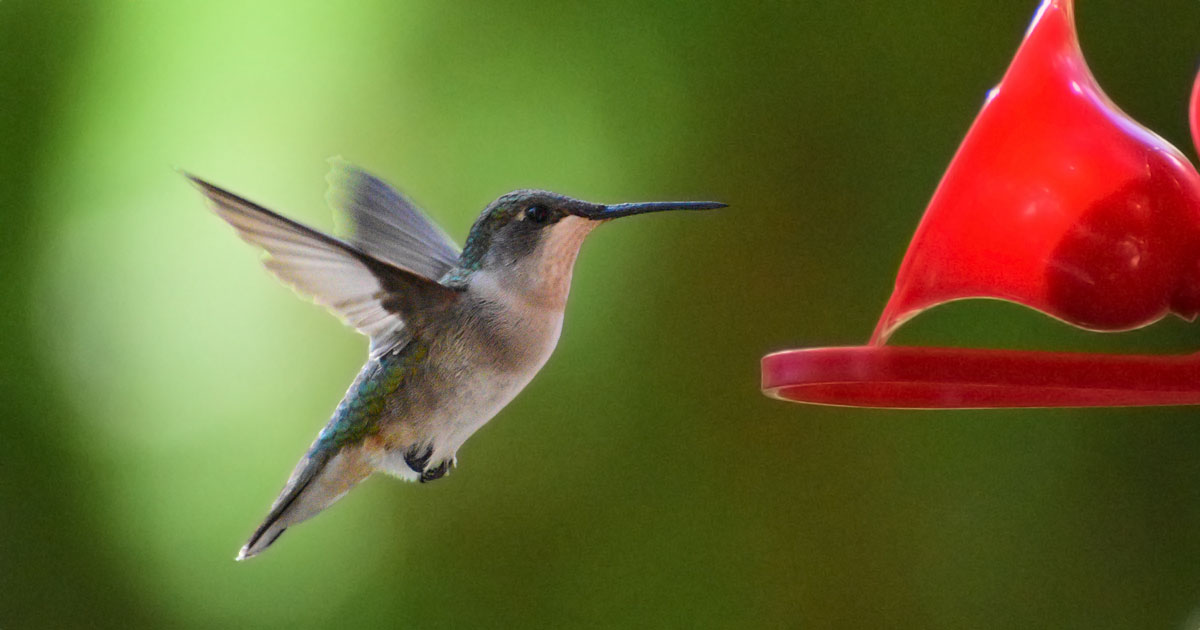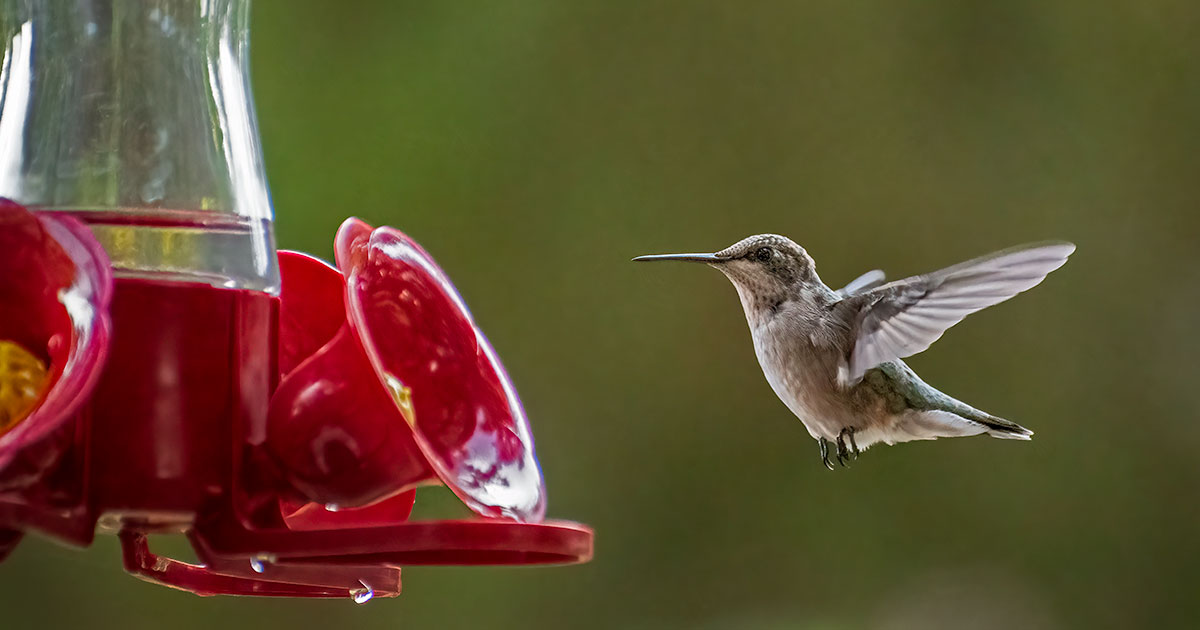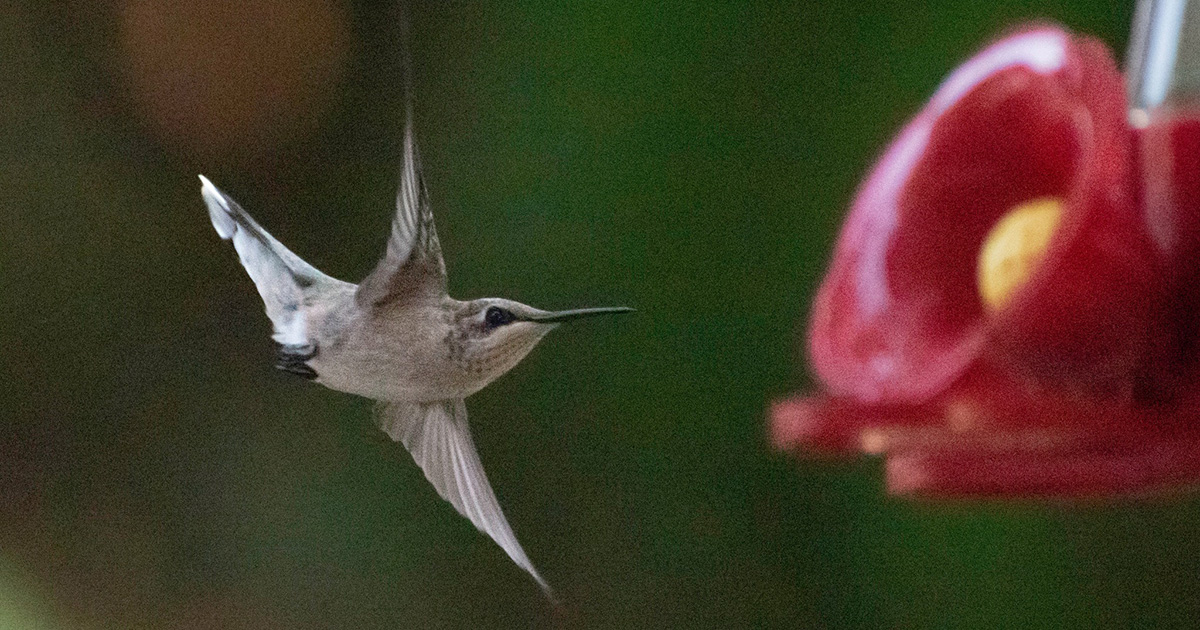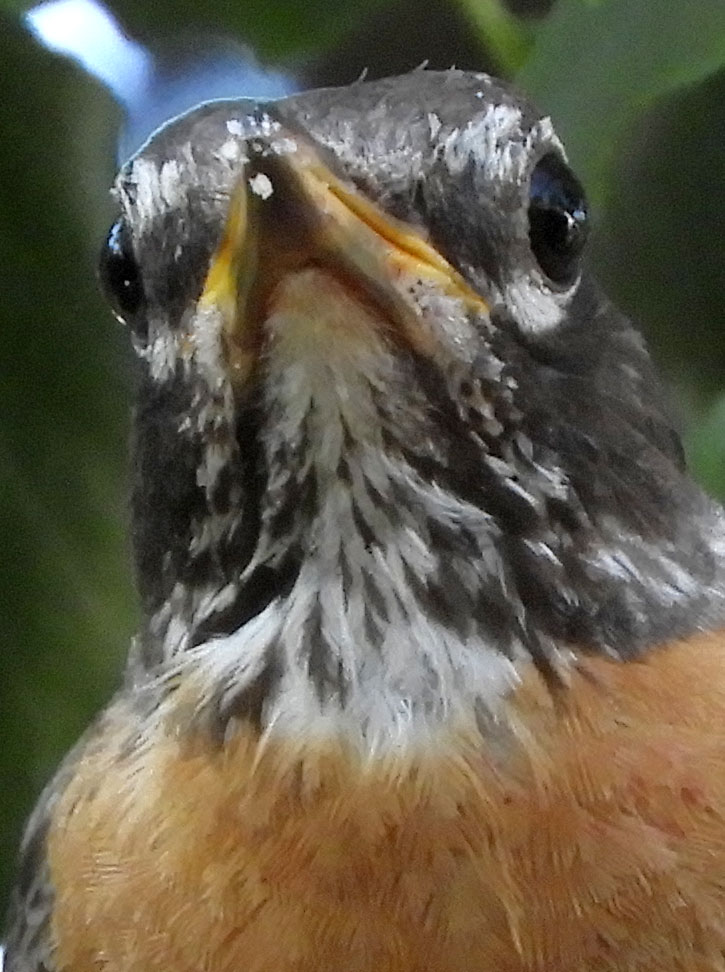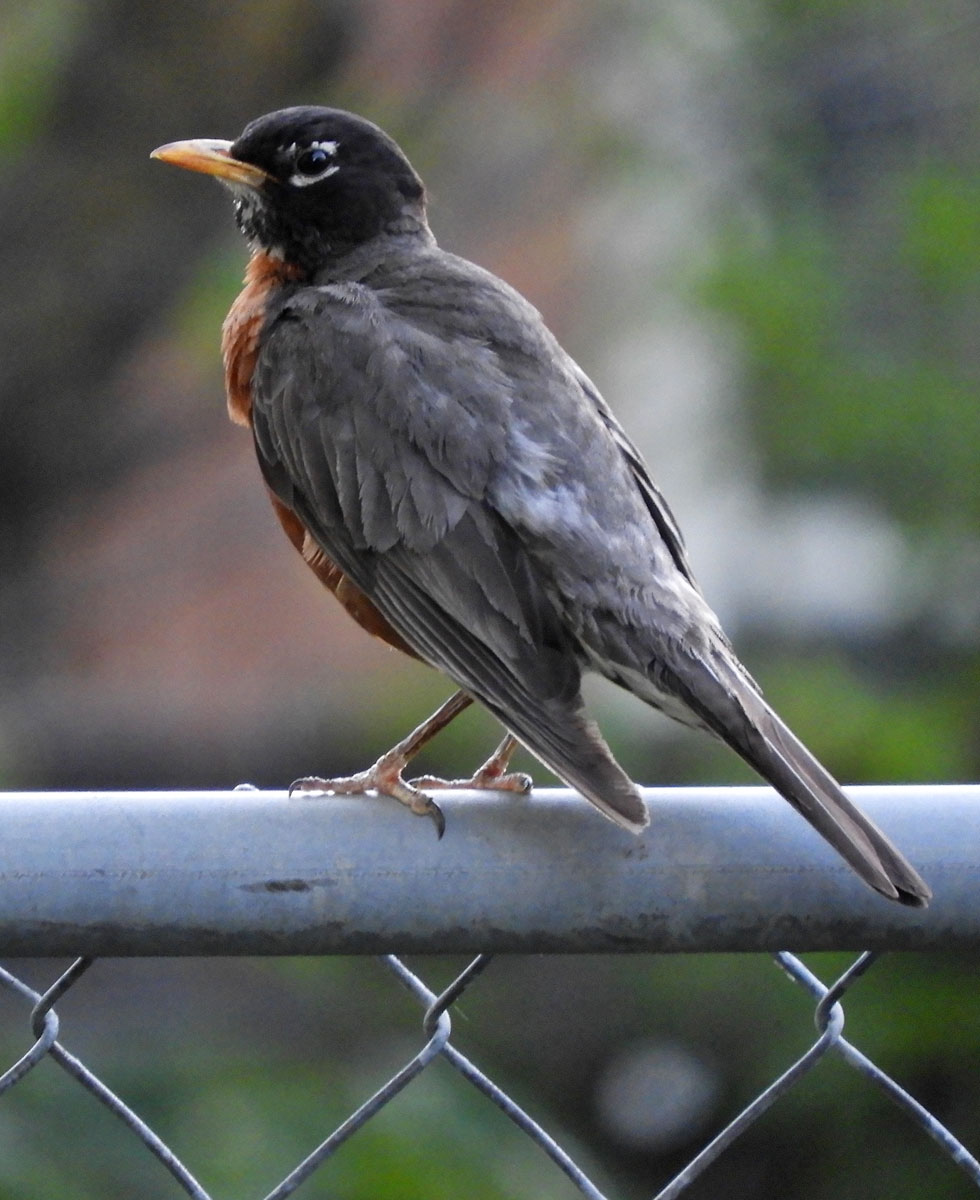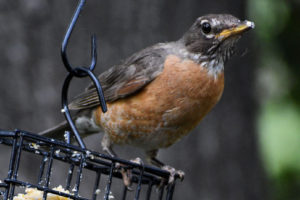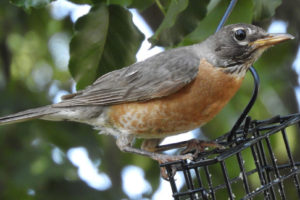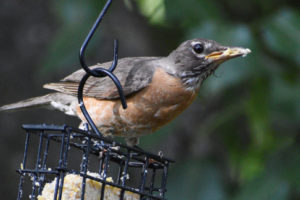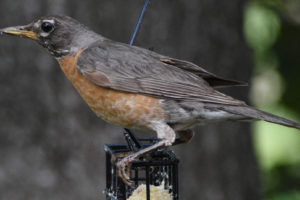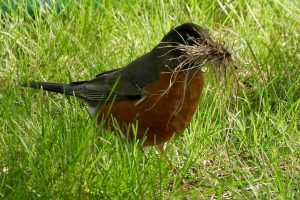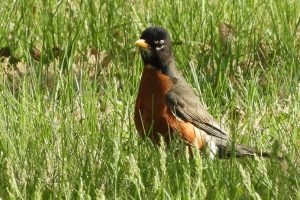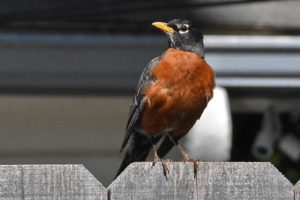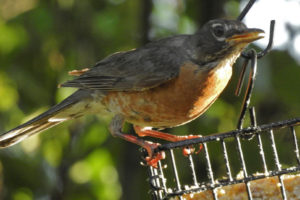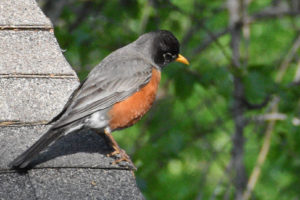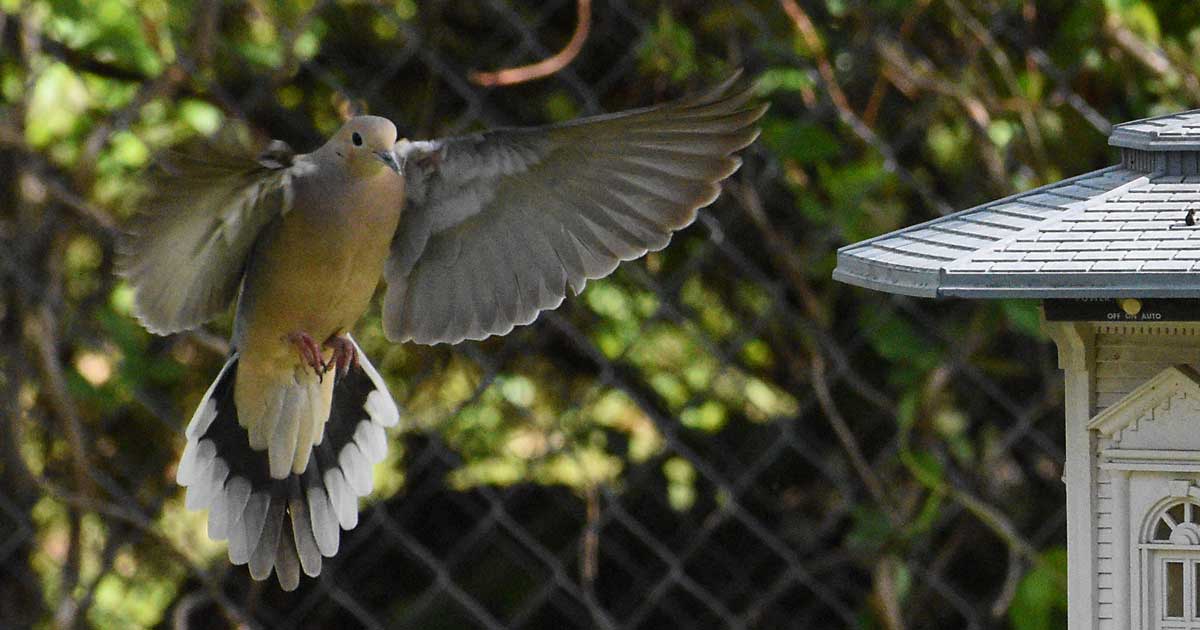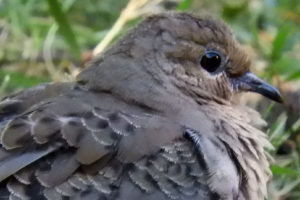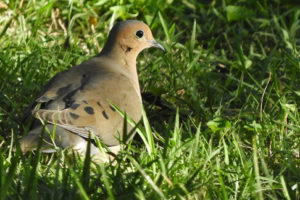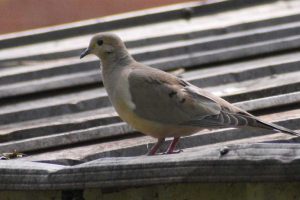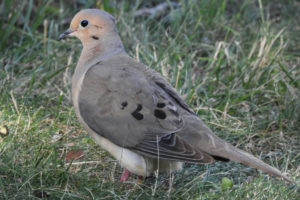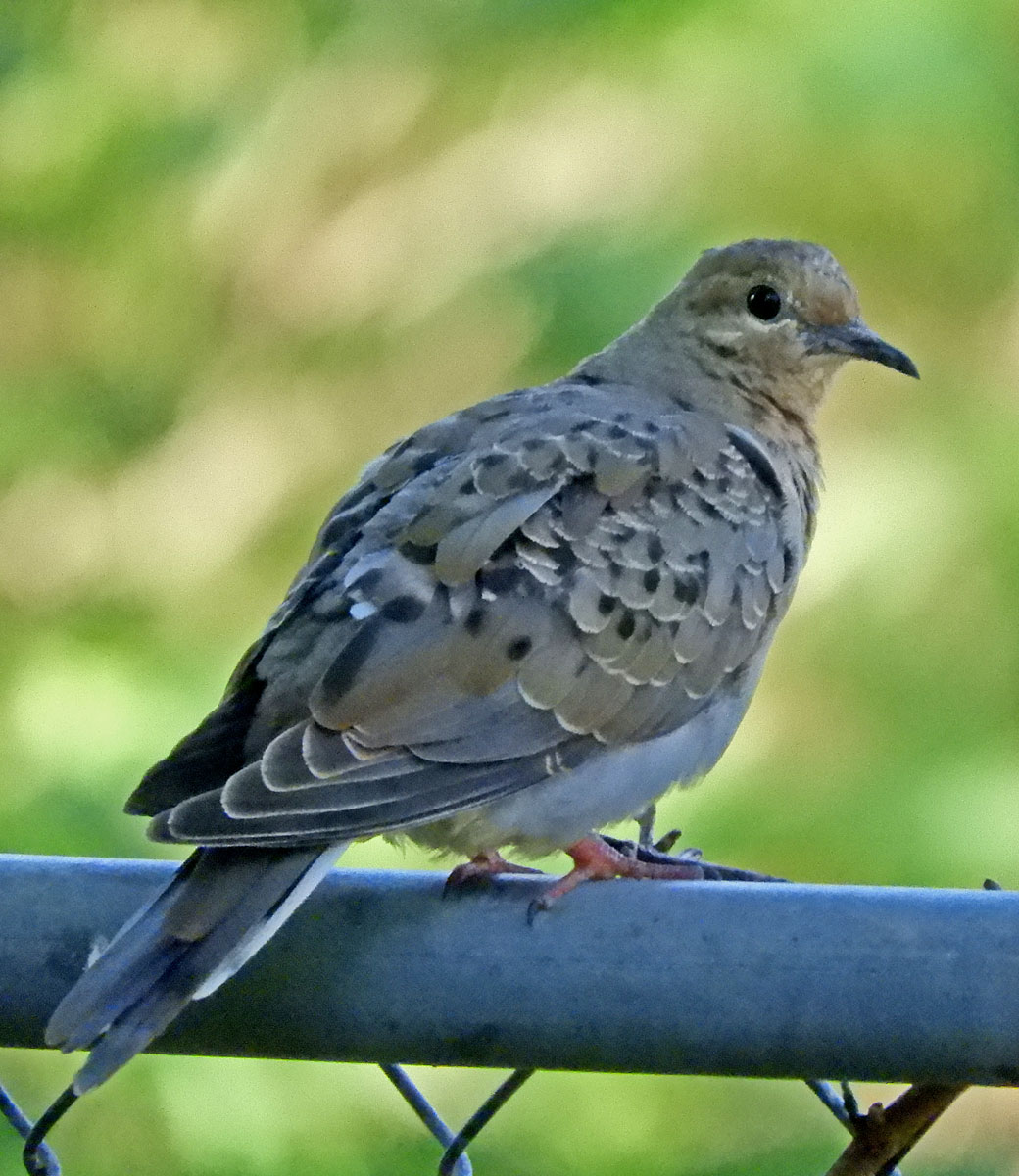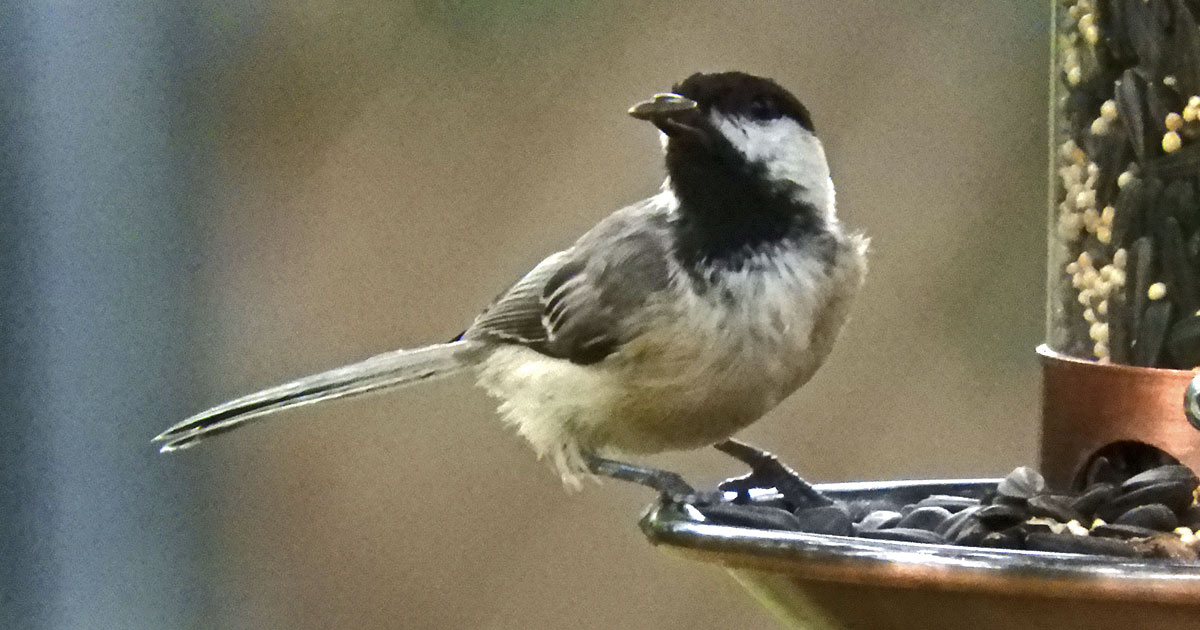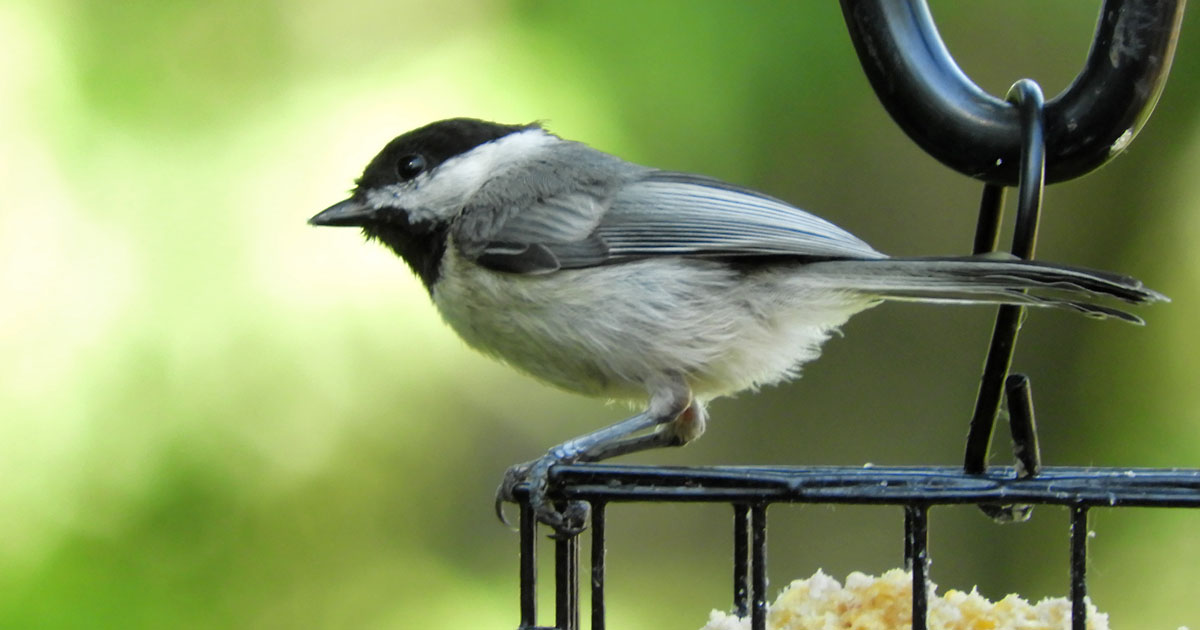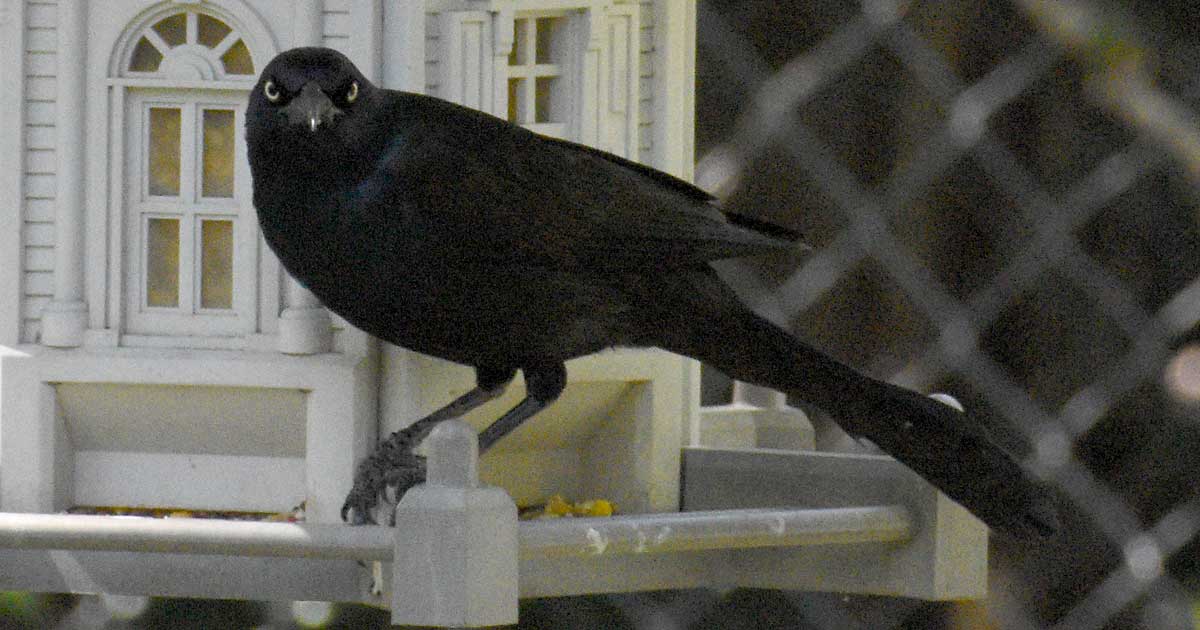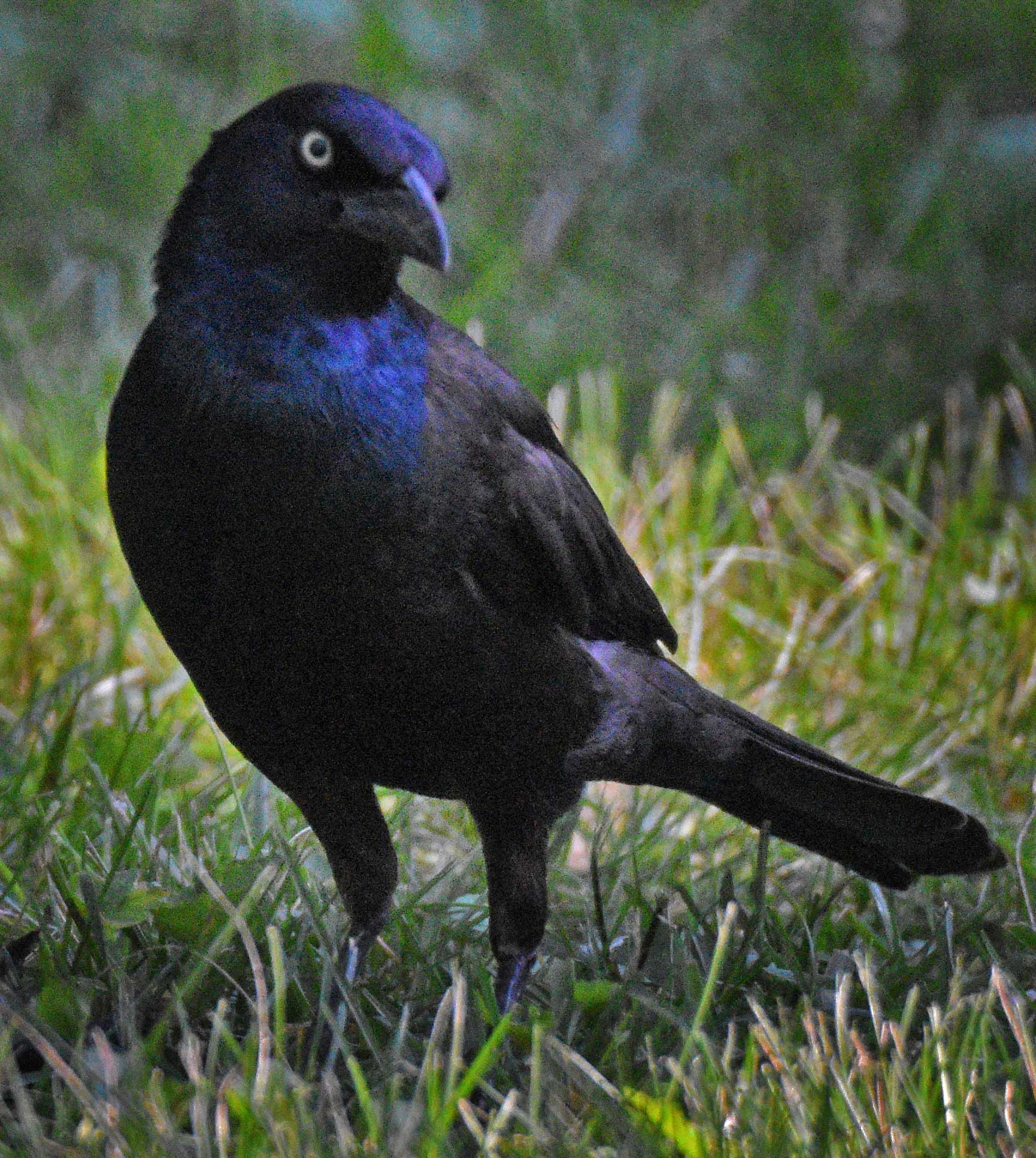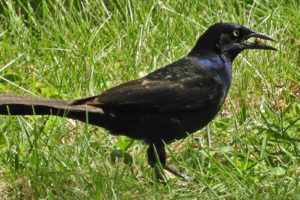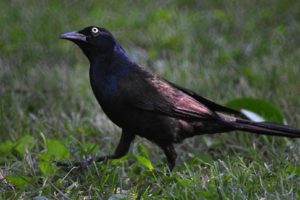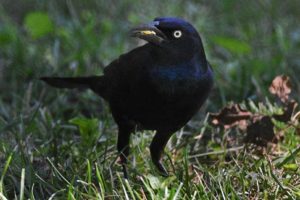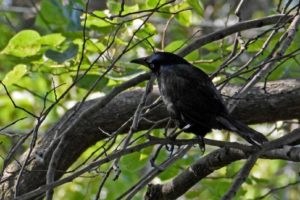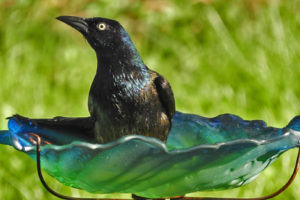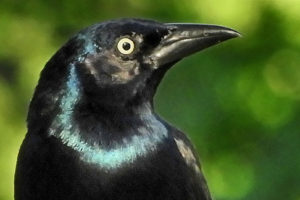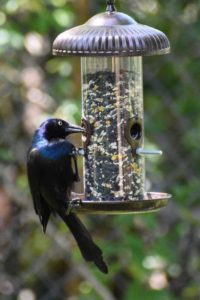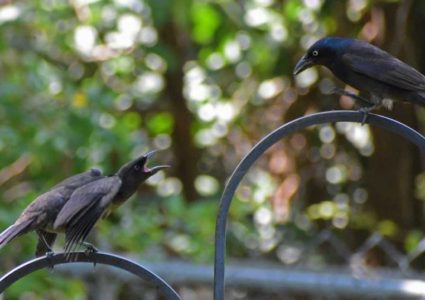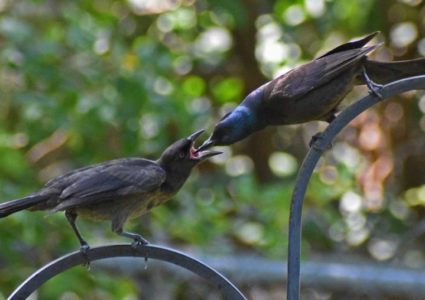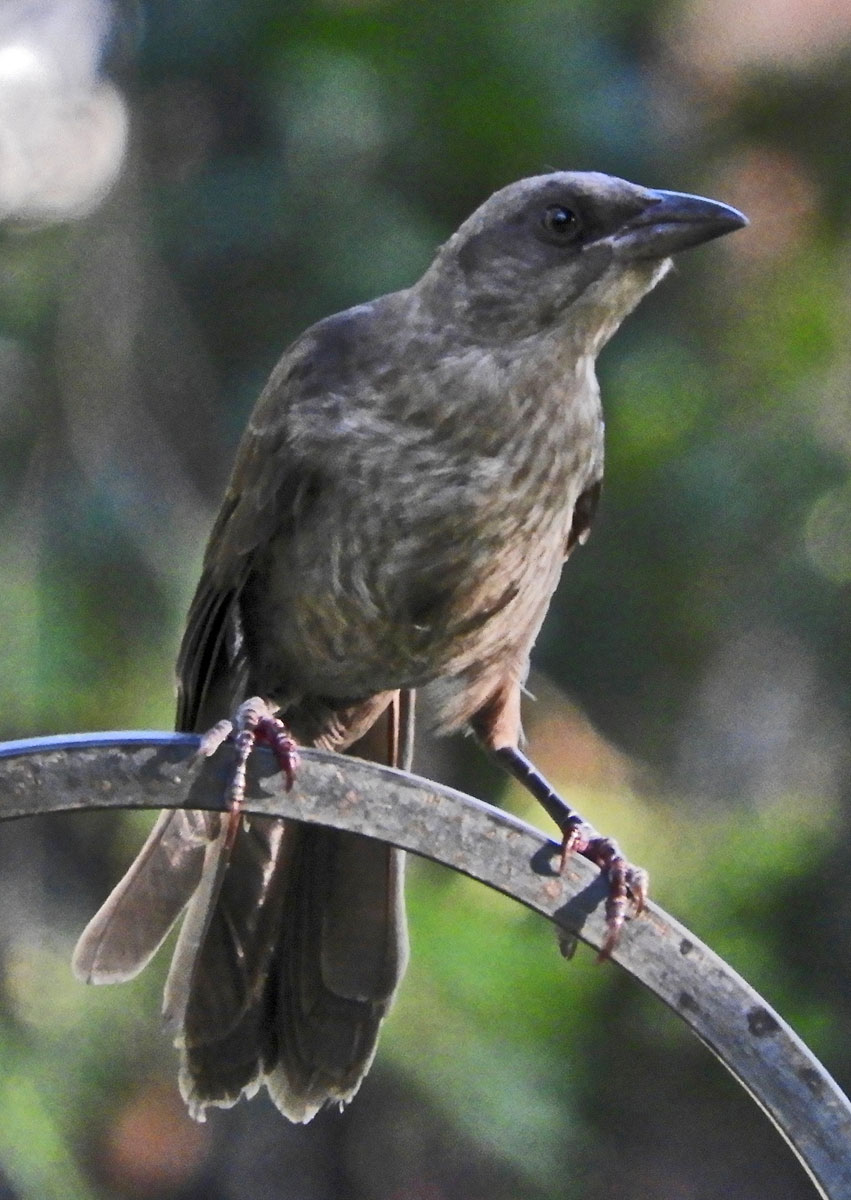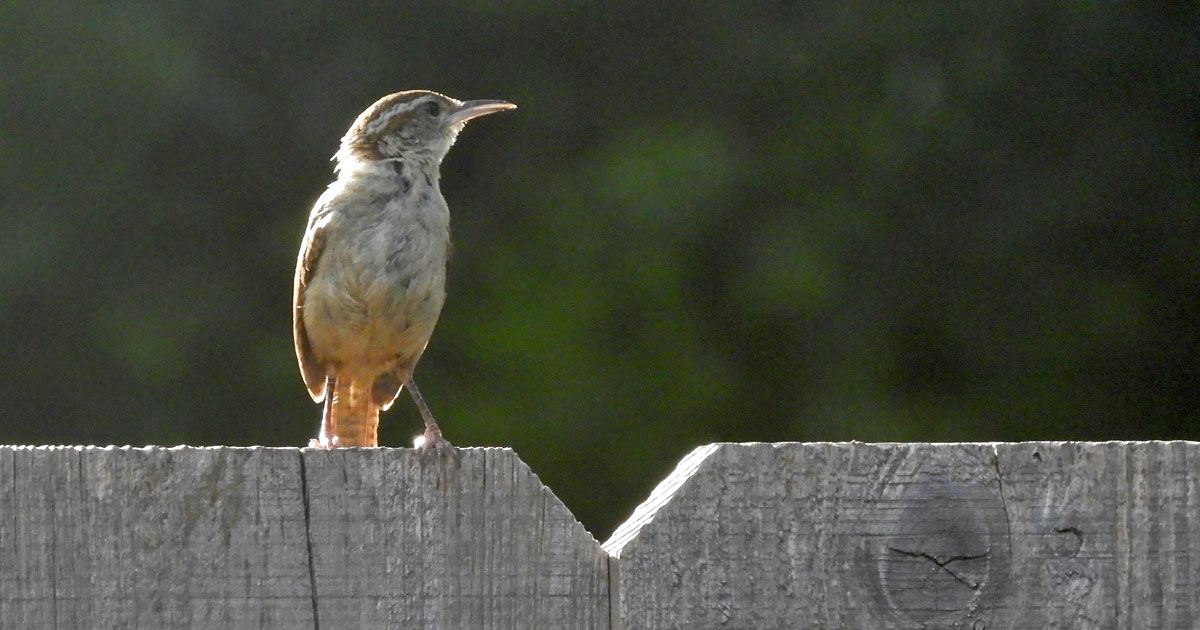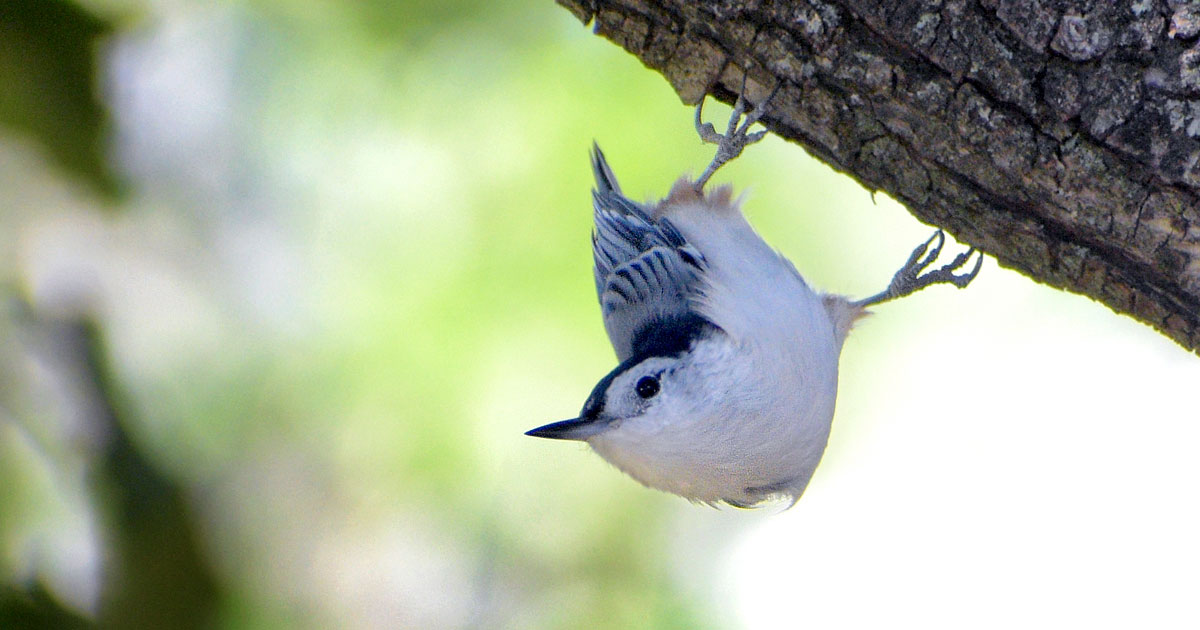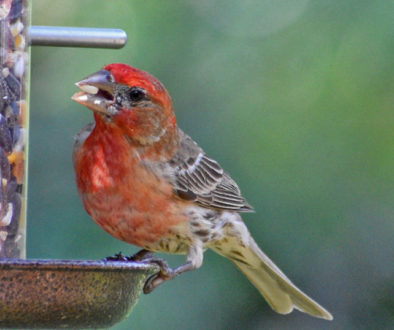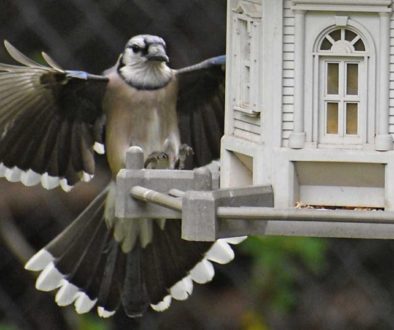A side benefit I’ve discovered about gardening is birdwatching.
While sitting on my back deck watching my flowers grow, I’m often distracted by the many variety of birds I have visiting.
I couldn’t resist the urge to get out my camera and snap some shots. So, I grabbed my trusty Nikon D5600 with the 70-300mm zoom lens. I began hand holding the camera and later pulled out my tripod for a more steady shot. I used fast shutter speeds to freeze their motion.
I’ve had this birdfeeder around for several years (it was one my mother had), and I decided to buy some bird seed to put it into service. I hung the birdfeeder alongside a hanging flower basket on a Shepherd’s Hook in my backyard that was visible from my office window.
While at first I didn’t pay much attention to the species of birds visiting, I soon wanted to identify those visiting. There seemed to be quite a variety and I wanted to know more about them. Like gardening, birdwatching and bird identifying is NEW to me.
Thanks to All About Birds for help in identifying these birds and more detailed information about them.
A great app I use on my iPhone is called Merlin Bird ID. It has a feature that identifies bird sounds and is really helpful to know what birds are around me.
NOTE: All the photographs on this page are linked to a higher resolution version.
Just click on the images for the enlargements.
Downy Woodpecker
The active little Downy Woodpecker is a familiar sight at many backyard feeders. An often acrobatic forager, this black-and-white woodpecker is at home on tiny branches or balancing on slender plant galls, sycamore seed balls, and suet feeders. Downies and their larger lookalike, the Hairy Woodpecker, are one of the first identification challenges that beginning bird watchers master.
These guys only seemed to show up every now and then. I’m not sure what their schedule is, but I wanted to attract more of them. They prefer suet feeders, but are also fond of black oil sunflower seeds, millet, peanuts, and chunky peanut butter. Pleasing this little fella and perhaps attracting more is what motivated me to put up some suet feeders with a suet blend for woodpeckers.
Northern Flicker
Spotted this Woodpecker atop the telephone pole at the back of my yard. This bird doesn’t come around a lot but woodpeckers are always welcome around my yard. I have not seen any visit my feeders but one did stop by for a quick drink of water.
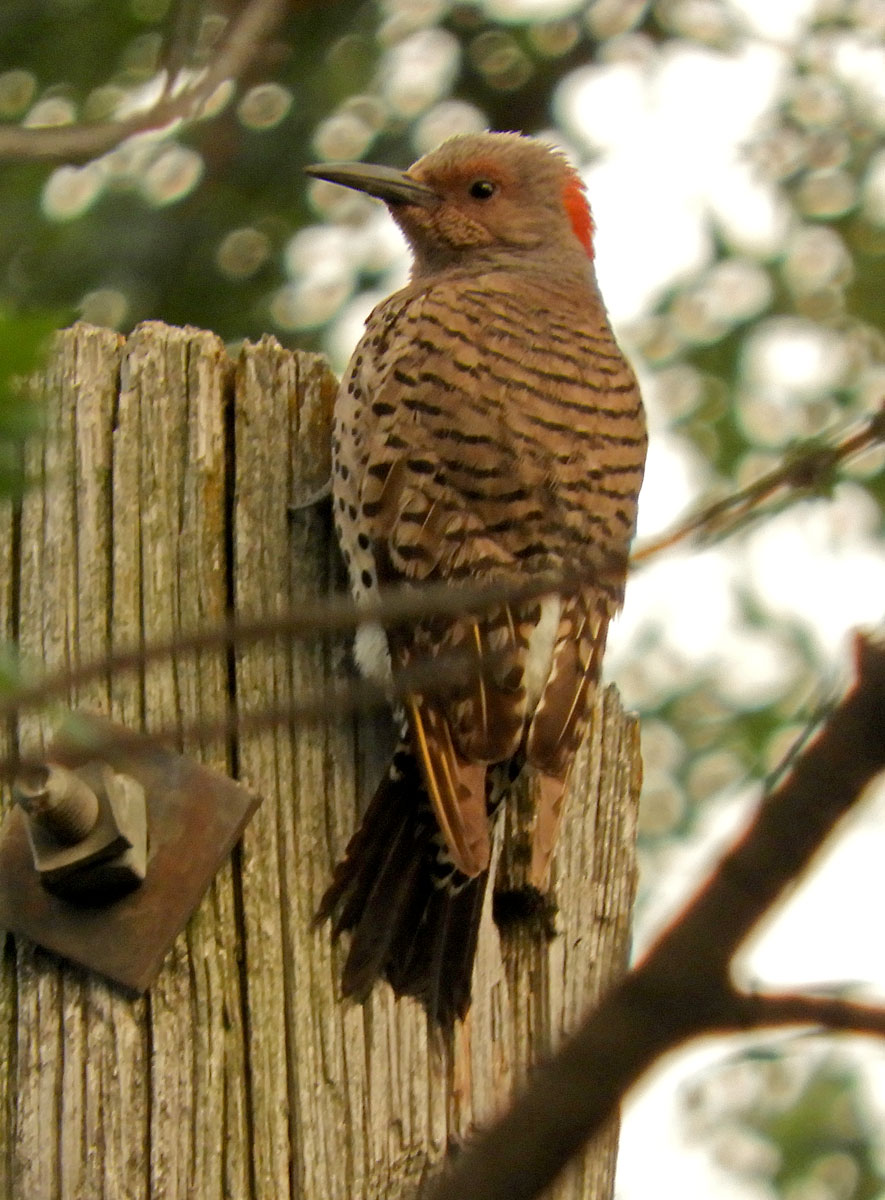
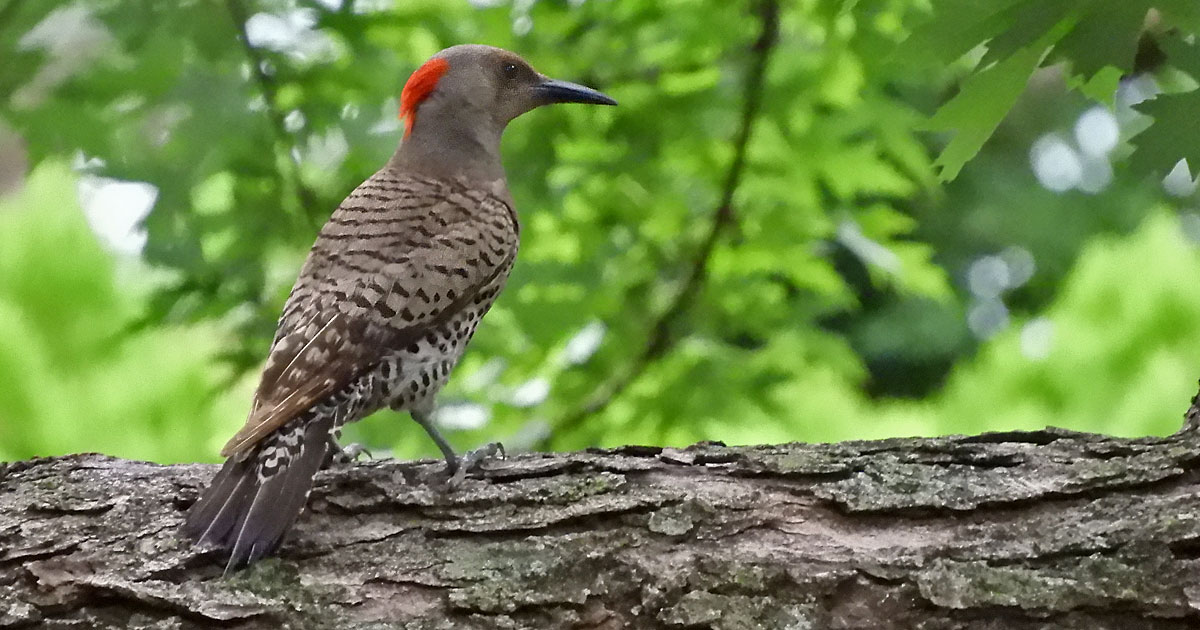
Red-bellied Woodpecker
Am I lucky, or what? I’ve now seen three different Woodpeckers. I would say the suet feeder works!
Blue Jay
This common, large songbird is familiar to many people, with its perky crest; blue, white, and black plumage; and noisy calls. Blue Jays are known for their intelligence and complex social systems with tight family bonds.
Blue Jays prefer tray feeders or hopper feeders on a post rather than hanging feeders, and they prefer peanuts, sunflower seeds, and suet.
Blue Jays lower their crests when they are feeding peacefully with family and flock members or tending to nestlings.
The pigment in Blue Jay feathers is melanin, which is brown. The blue color is caused by scattering light through modified cells on the surface of the feather barbs. The black bridle across the face, nape, and throat varies extensively and may help Blue Jays recognize one another.
Blue Jays can be somewhat aggressive at times and are perhaps the biggest competitor with the Grackles and Starlings around the feeders.
These are some of our most common birds, you can find House Sparrows most places where there are houses (or other buildings), and few places where there aren’t. House Sparrows are so closely entwined with people’s lives that you probably will find them around your home even without feeding them.
They are frequent visitors to backyard feeders, where they eat most kinds of birdseed, especially millet, corn, and sunflower seed.
House Sparrow
I’m having a difficult time positively identifying this bird. There are some visual differences, but most sources say it’s the same bird: a House Sparrow.
The male birds are pretty easy to identify. They have brighter black, white, and brown markings.
The females and young birds are colored pale brown and grey.
House Finch
This is said to be a pretty common bird at backyard bird feeders, but I didn’t seen many at first. Later, perhaps as they became more comfortable with my feeders, they began to show up more regularly.
Adults have a long, square-tipped brown tail and are a brown or dull-brown color across the back with some shading into deep gray on the wing feathers. Breast and belly feathers may be streaked; the flanks usually are.
In most cases, adult males’ heads, necks and shoulders are reddish. This color sometimes extends to the belly and down the back, between the wings. Male coloration varies in intensity with the seasons and is derived from the berries and fruits in its diet. The red of a male House Finch comes from pigments contained in its food during molt. So the more pigment in the food, the redder the male.
Females prefer to mate with the reddest male they can find, perhaps raising the chances they get a capable mate who can do his part in feeding the nestlings.
Adult females have brown upperparts and streaked underparts.
Brown Thrasher
This bird sorta confused me at first. I was thinking maybe a Thrush, but the body is not so plump. A friend suggested Woodpecker. One thing that is confusing me is the eyes. This bird has eyes similar to the Grackle but I don’t think it’s a Grackle.
People on Facebook What’s This Bird group identified the bird as a Brown Thrasher.
The Brown Trasher has been a pretty regular visitor, first showing up in June and even more in July. If they’re not feeding at one my feeders they are foraging on the ground.
Brown Thrashers are long birds with sturdy legs, a long tail, and a long slightly curved bill. They are reddish brown above with thin black-and-white wing bars, and bold dark streaking below.
European Starling
European Starlings are among the continent’s most numerous songbirds. They are stocky black birds with short tails, triangular wings, and long, pointed bills. They can be pretty abundant and aggressive. Covered in white spots during winter, they turn dark and glossy in summer.
The adult in breeding plumage has a distinctive thin, pointed, yellow bill and black, speckled plumage with purple-green iridescence. The non-breeding adult has a black beak and light spots.
Starlings are common around cities and towns, and are a frequent visitor to my yard. They come to all my bird feeders and consume lots of the seed I put out. For much of the year, they wheel through the sky and mob lawns in big, noisy flocks. Look in lawns, city parks and squares, and fields. They’ll be working their way across the grass, often moving in a slight zig-zag line and seeming to hurry as they stab their bills into the ground every step or two.
After filling two hummingbird feeders the next day with fresh nectar, several new birds started showing up.
These are some tiny little birds, only about 3 in. in length. They are sometimes difficult to spot because they are so swift when they come in and zip around the different feeders. That also makes them difficult to photograph. They do have a distinctive sound with their little wings flapping so fast. It’s a buzzing sound; I suppose that’s how they get their name: humming bird.
I got this idea from a YouTube video where the photographer set up an old branch in a select location for the birds to perch. I pulled down a dead branch from one of my trees and attached it to a pole closer to me and in a location easy to photograph. Sure enough, I had some birds perch on those branches in between feedings.
My shooting conditions are generally open shade. Shooting at the required 1/1500 sec. shutter speed causes my ISO to shoot up to 11,400 or higher. This creates a tremendous amount of noise making my shots look really grainy.
I’ve been working to reduce the high ISO noise with the Photoshop noise filter. This helps a little but as I remove more noise it also causes the image to lose sharpness. I’ve been isolating the background in a Photoshop layer and applying some blur filters. This helps a little overall but there is still a lot of noise in the bird image.
I’ve tried using a flash to get my ISO’s down to reasonable levels – 2,500. But, my highest sync speed is 1/200 sec. and that introduces motion blur.
American Robin
Robins are popular birds for their warm orange breast, cheery song, and early appearance at the end of winter.
American Robins are common sights on lawns across North America, and mine is no different. They can be seen everywhere and is perhaps the least afraid of the Common Grackles. You sometimes see them tugging earthworms out of the ground.
I had one attempt to build a nest in a tree in my front yard. He would get it partially built and then it would fall to the ground. After several attempts, he gave up and went elsewhere.
Mourning Doves tend to feed busily on the ground, swallowing seeds and storing them in an enlargement of the esophagus called the crop. Once they’ve filled it (the record is 17,200 bluegrass seeds in a single crop!), they can fly to a safe perch to digest the meal.
Carolina Chickadee
This little bird has been difficult to get a good photograph of mainly because he spends so little time feeding. He sweeps in, grabs a quick bite, and is away.
Common Grackle
Common Grackles are blackbirds that look like they’ve been slightly stretched. They’re taller and longer tailed than a typical blackbird, with a longer, more tapered bill and the adults have glossy-iridescent bodies. Grackles walk around lawns and fields on their long legs or gather in noisy groups high in trees, typically evergreens. They eat many crops (notably corn) and nearly anything else as well, including garbage.
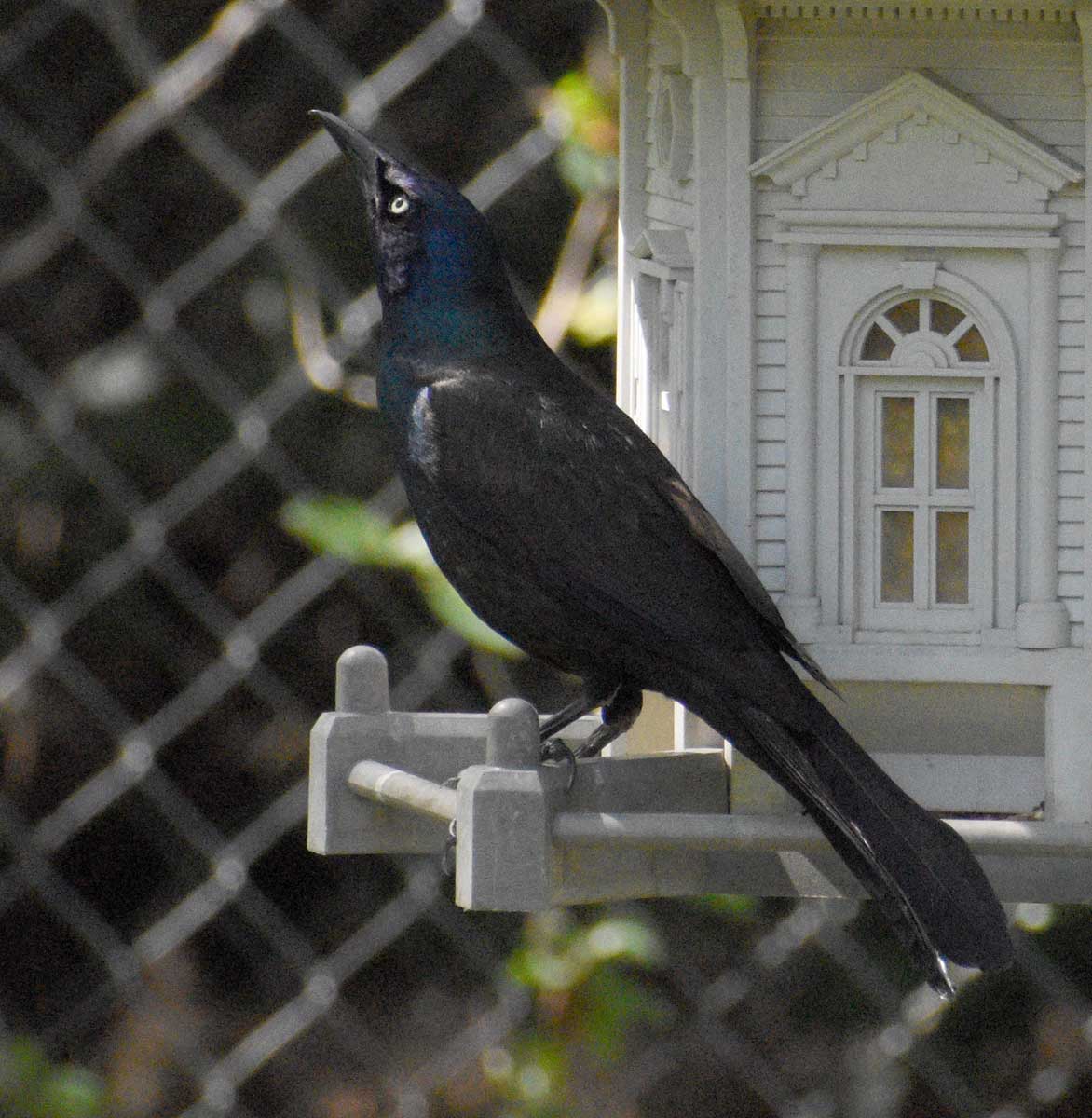
These guys are becoming quite nuisance as they come in flocks and run off the other birds around the feeder. They also scoop out the seeds from the tray and knock them to the ground where even more flock to take in the goodies. These buggers will empty my bird feeders in just a few short days. I tried a different feeder that was smaller in the hope the big birds wouldn’t feed there. But, they still kept a comin’.
My first impression when I saw these Grackles was the one was being aggressive to the other. Moments later it became apparent the female (or perhaps a younger male) was calling on the male to feed her.
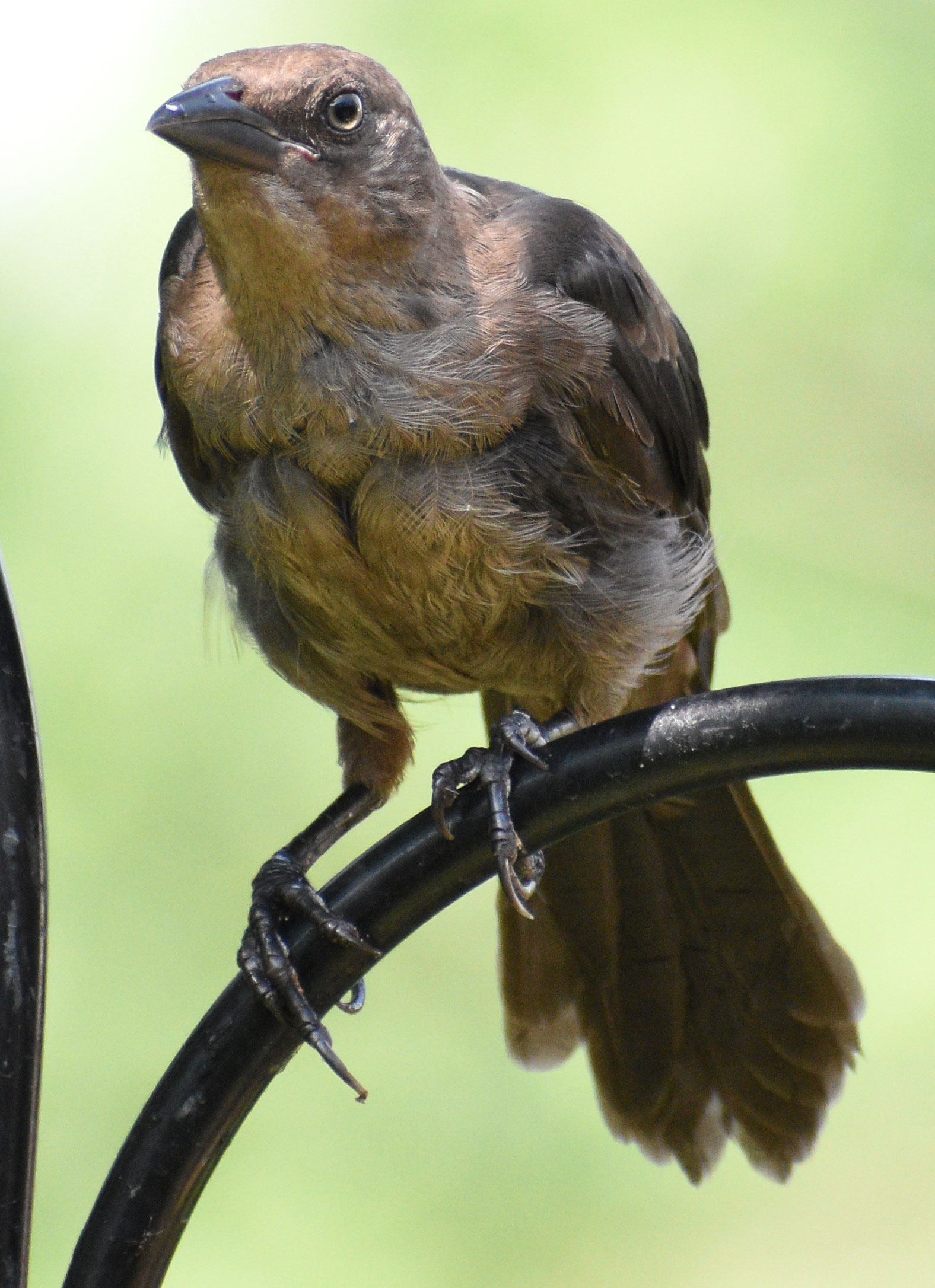
Great-tailed Grackle
This was another bird that I had difficulty identifying. I thought at first it may be a female Common Grackle. The yellow eyes stood out for me as similar to the Common Grackle. But, the coloration and other features of this bird leads me to believe it’s a different species.
The Great-tailed Grackle are larger than Common Grackles. Females are paler brown on the head and breast than female Common Grackles, which are darker overall.
Brown-headed Cowbird
This is another bird that I’m having difficulty identifying. I thought at first it may be a Great-tailed Grackle. The coloration and pattern on the belly looks different though. Folks on All About Birds suggest it’s a female Brown-headed Cowbird.
I’m still researching and looking for other images that might corroborate.
If anyone can help identify this bird, I would appreciate a comment below.
Carolina Wren
I first heard this bird in my yard with the Marlin Bird ID app on my phone. When I was going through my shots later I first identified this bird as a House Sparrow, but upon closer inspection the bill seemed too long. Asked for an ID from What’s This Bird Facebook page and they identified it as a Carolina Wren.
White-breasted Nuthatch
First spotted this bird in late August and confused it with the Carolina Chickadee. Big difference though, it did not have a black bib and it was hanging below a branch. Folks on What’s this Bird Facebook group identified it for me as a White-breasted Nuthatch.
My MerlinBirdID Sound app has identified some birds I have not seen or photographed including:
- Northern Mockingbird
- Black-capped Chickadee
- Gray Catbird
- American Goldfinch
- Tufted Titmouse
- American Crow
